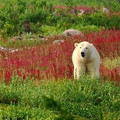的点评
Disappointing birding experience
Kealia Pond National Wildlife Refuge的点评
点评:Keālia Pond National Wildlife Refuge lies between Kīhei and Ma‘alaea and features a rare intact coastal salt marsh habitat. It was in the news during our visit due to the color of the waters on the ocean-side of the refuge. Its name, "Kealia", meaning "salt encrusted place" and it was living up to the name. Drought conditions had reduced the freshwater outflow from the mountains increasing the salinity of the brackish of the marshland allowing for the proliferation of halophilic or salt-loving bacteria that gave the water its PeptoBismol pink color. The salinity was twice that of sea water. The small official parking lot was full and visitors were parked across the street on the shoulder; everyone wanted to witness this sight. Fortunately visitors came in waves, took their pictures, then quickly left. Even though we hung around and waited there was no wildlife viewing to be had that day on this part of the refuge.
The large inland pond was essentially dried out during our visit. During the wet season the pond will fill up and can reach a size of 450 acres.
We came back another day, this time going to the inland portion of the refuge where the visitor center was located. There was hardly anyone else here; the focus was still on the pink waters across the street. Here we saw the large ponds that once were part of large fish farms and were being allowed to return to a more natural wetlands. Some of the ponds had an orange color, again due to halophilic bacteria. There were layers of salt ringing the edges of those ponds, too. We could see the dimpled bottom of the nearly dried-out ponds; the fish would create these underwater nests for their eggs. We saw and smelled the desiccated bodies of fish along the paths.
The birding was better this time round. Numerous Hawaiian stilt (Ae’o) were flying around, feeding in the shallow waters and resting on the sand. We also spotted Wandering tattler and Ruddy turnstone. Overall, compared to Kanahā ponds our birding experience here was less satisfactory.
The large inland pond was essentially dried out during our visit. During the wet season the pond will fill up and can reach a size of 450 acres.
We came back another day, this time going to the inland portion of the refuge where the visitor center was located. There was hardly anyone else here; the focus was still on the pink waters across the street. Here we saw the large ponds that once were part of large fish farms and were being allowed to return to a more natural wetlands. Some of the ponds had an orange color, again due to halophilic bacteria. There were layers of salt ringing the edges of those ponds, too. We could see the dimpled bottom of the nearly dried-out ponds; the fish would create these underwater nests for their eggs. We saw and smelled the desiccated bodies of fish along the paths.
The birding was better this time round. Numerous Hawaiian stilt (Ae’o) were flying around, feeding in the shallow waters and resting on the sand. We also spotted Wandering tattler and Ruddy turnstone. Overall, compared to Kanahā ponds our birding experience here was less satisfactory.
翻译:Keālia 池塘国家野生动物保护区位于 Kīhei 和 Ma‘alaea 之间,拥有罕见的完整沿海盐沼栖息地。我们访问期间,由于保护区海边水域的颜色,这里成为新闻焦点。它的名字“Kealia”意为“盐覆盖的地方”,它名副其实。干旱条件减少了来自山区的淡水流出,增加了沼泽地咸水的盐度,使嗜盐细菌得以繁殖,使水呈现出粉红色。盐度是海水的两倍。小型官方停车场已满,游客们将车停在街对面的路肩上;每个人都想亲眼目睹这一景象。幸运的是,游客们一波一波地来,拍完照片后很快就离开了。尽管我们在附近徘徊等待,但那天在保护区的这一部分没有野生动物可观赏。
我们访问期间,大型内陆池塘基本上已经干涸。在雨季,池塘会充满水,面积可达 450 英亩。
我们又回来了,这次去了游客中心所在的避难所内陆部分。这里几乎没有其他人;焦点仍然在街对面的粉红色水域。在这里,我们看到了曾经是大型养鱼场一部分的大池塘,现在被允许恢复到更自然的湿地。一些池塘呈橙色,这也是嗜盐菌造成的。这些池塘的边缘也有一层层的盐。我们可以看到几乎干涸的池塘底部凹陷;鱼会为它们的卵建造这些水下巢穴。我们在小路上看到并闻到了干涸的鱼尸体的味道。
这次观鸟情况好多了。许多夏威夷长脚鹬 (Ae’o) 在飞来飞去,在浅水中觅食,在沙滩上休息。我们还发现了流浪鹬和翻石鹬。总体而言,与卡纳哈池塘相比,我们在这里的观鸟体验不太令人满意。
我们访问期间,大型内陆池塘基本上已经干涸。在雨季,池塘会充满水,面积可达 450 英亩。
我们又回来了,这次去了游客中心所在的避难所内陆部分。这里几乎没有其他人;焦点仍然在街对面的粉红色水域。在这里,我们看到了曾经是大型养鱼场一部分的大池塘,现在被允许恢复到更自然的湿地。一些池塘呈橙色,这也是嗜盐菌造成的。这些池塘的边缘也有一层层的盐。我们可以看到几乎干涸的池塘底部凹陷;鱼会为它们的卵建造这些水下巢穴。我们在小路上看到并闻到了干涸的鱼尸体的味道。
这次观鸟情况好多了。许多夏威夷长脚鹬 (Ae’o) 在飞来飞去,在浅水中觅食,在沙滩上休息。我们还发现了流浪鹬和翻石鹬。总体而言,与卡纳哈池塘相比,我们在这里的观鸟体验不太令人满意。
旅行类型:情侣游
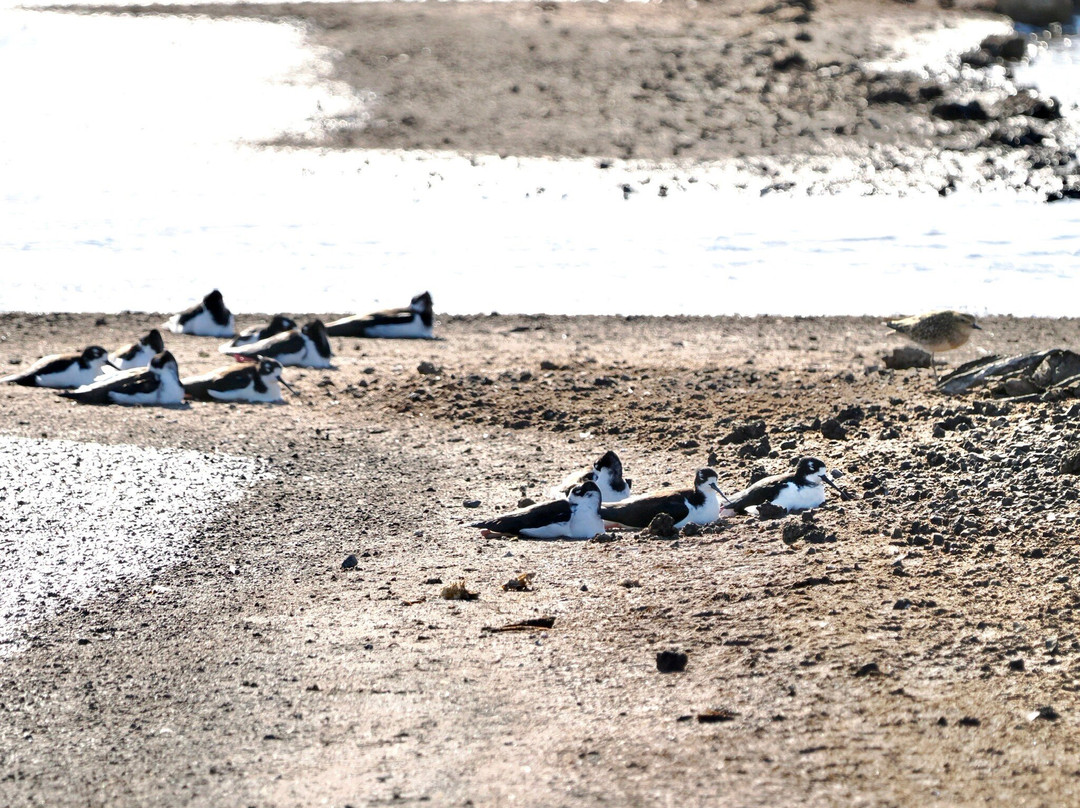
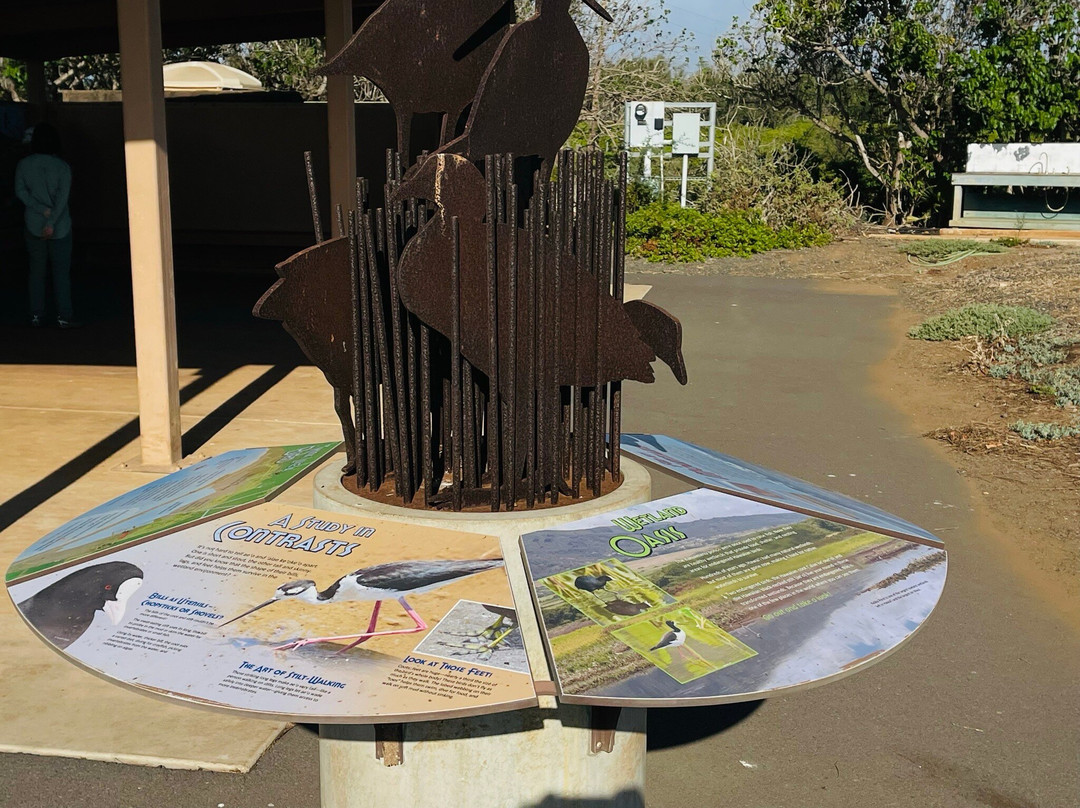
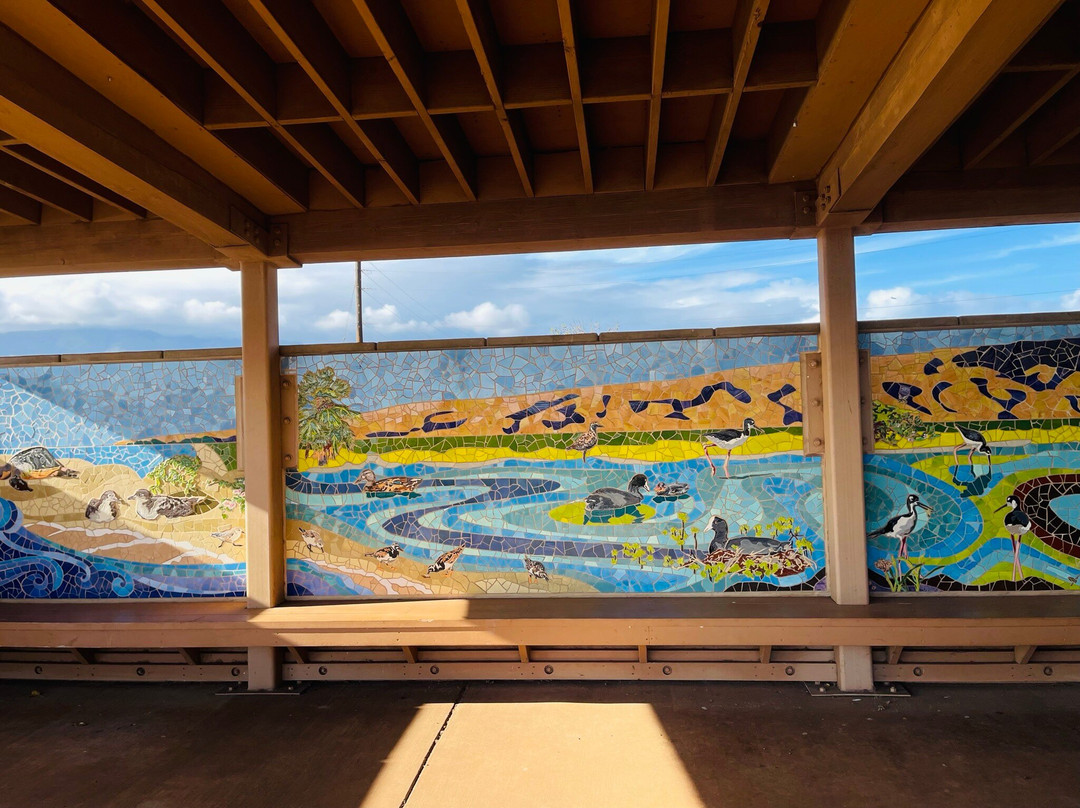
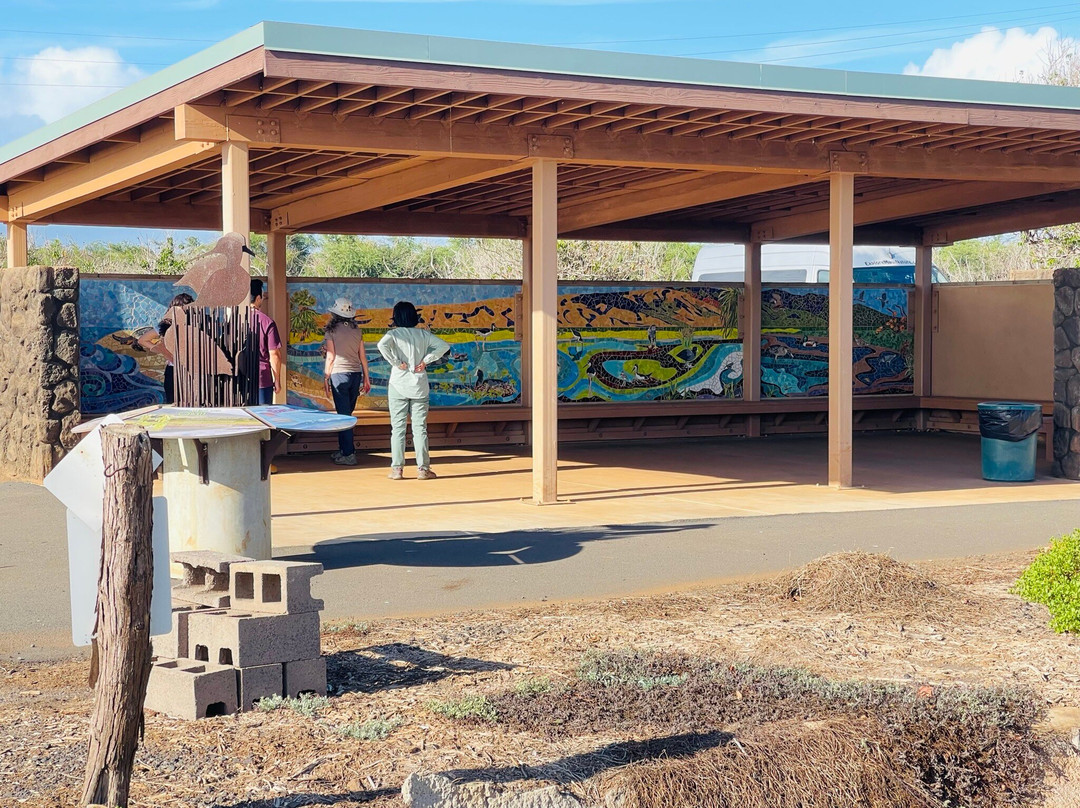
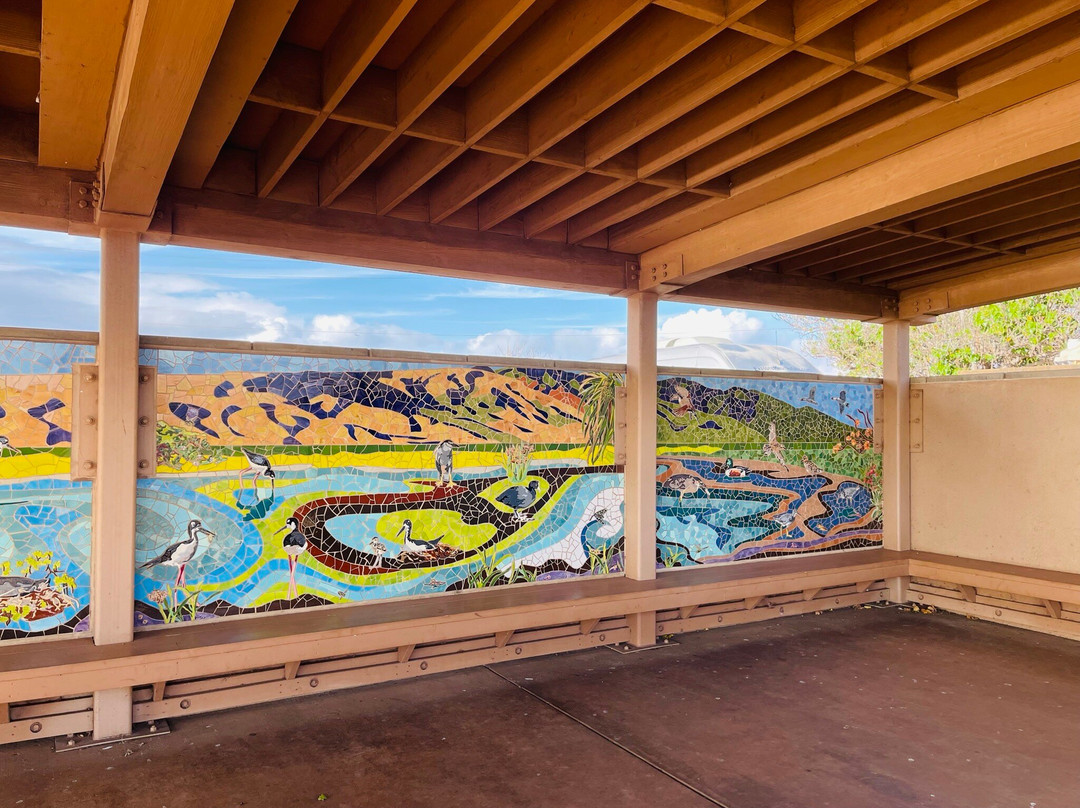
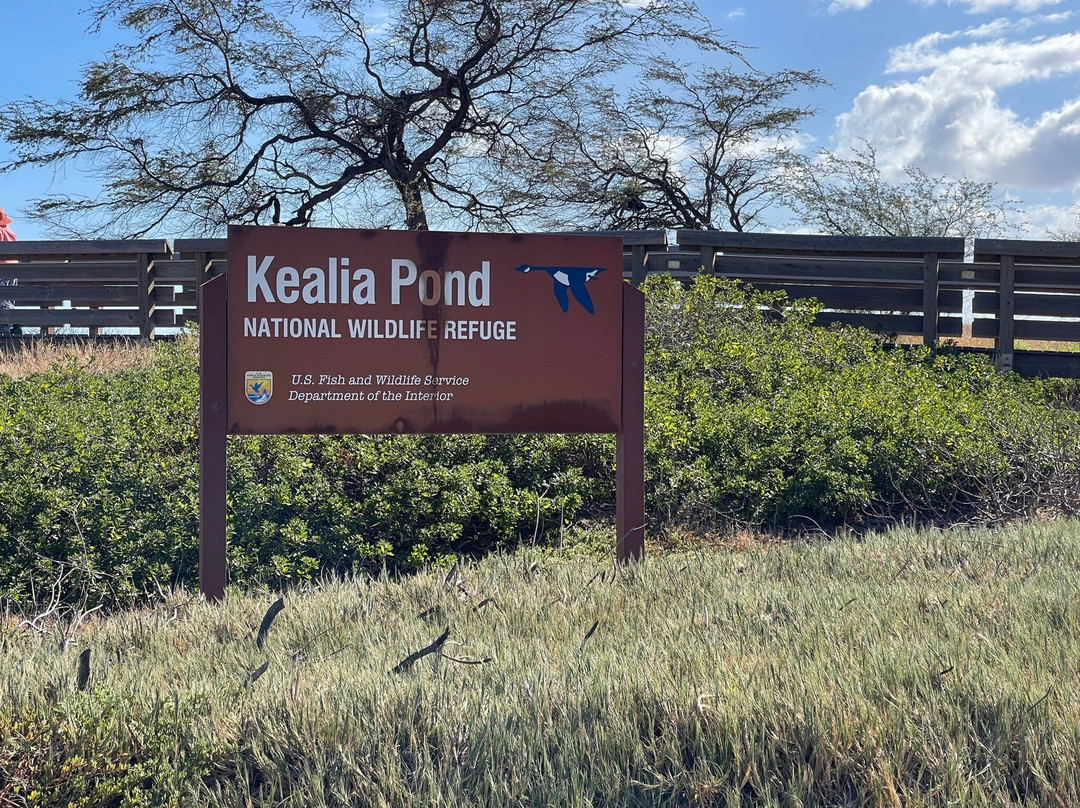
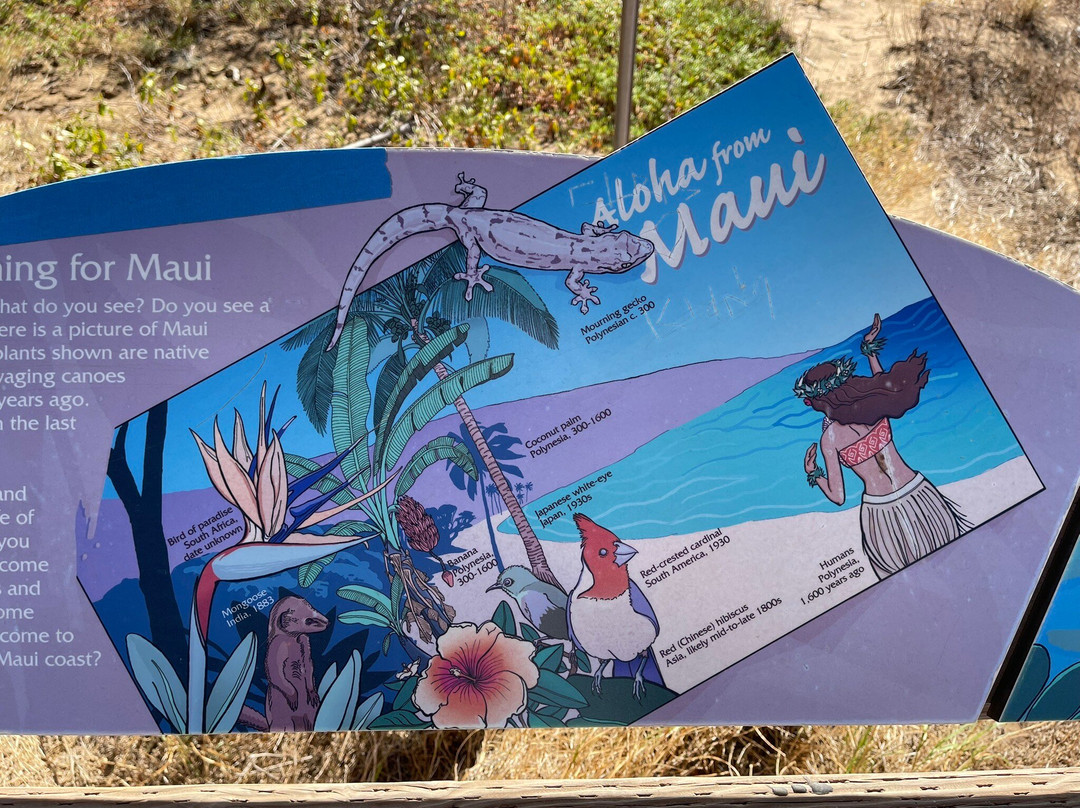
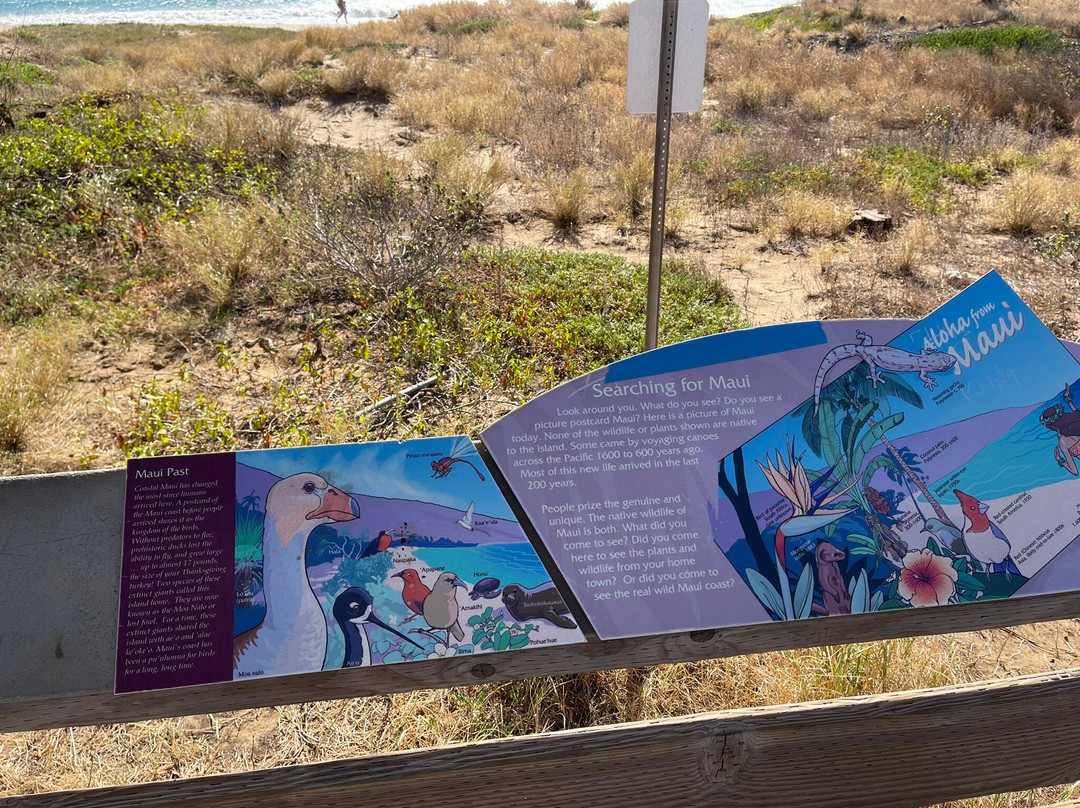
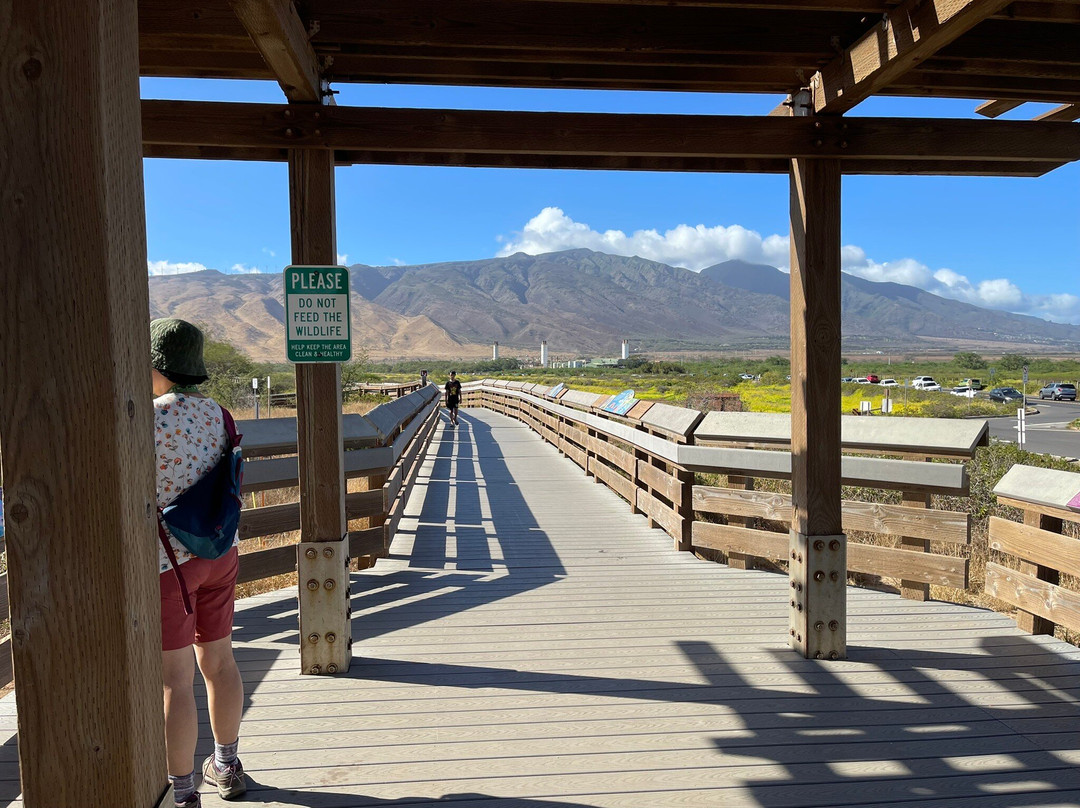
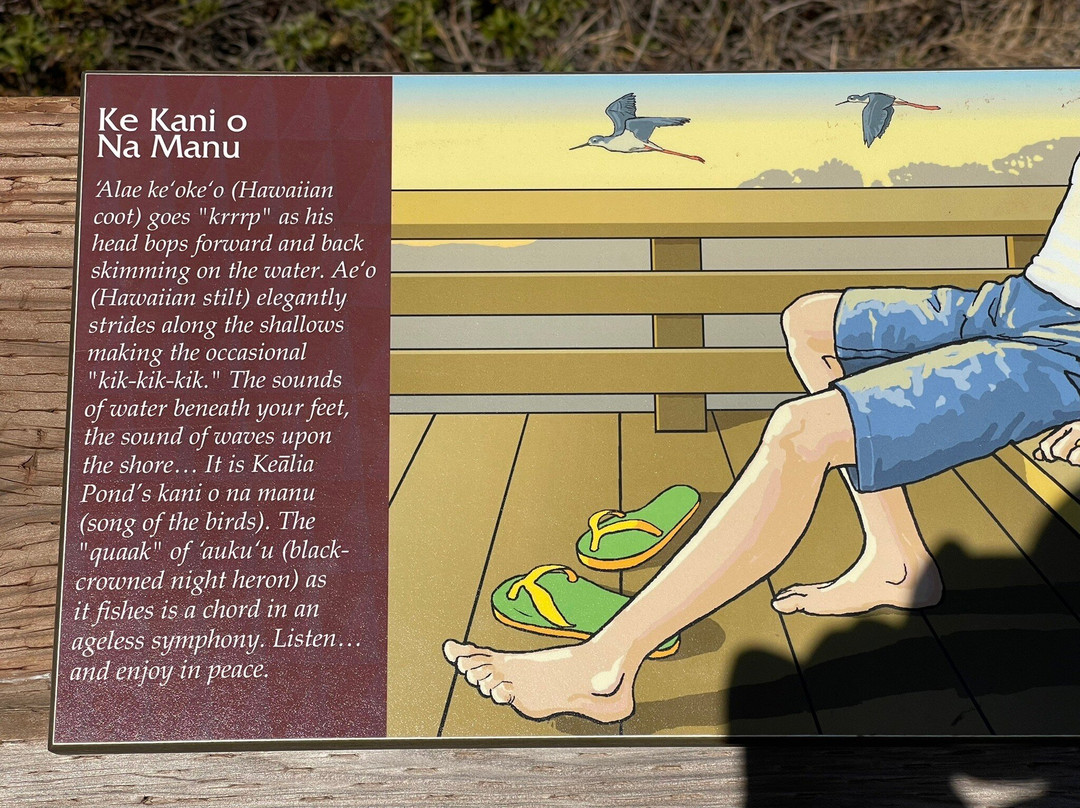
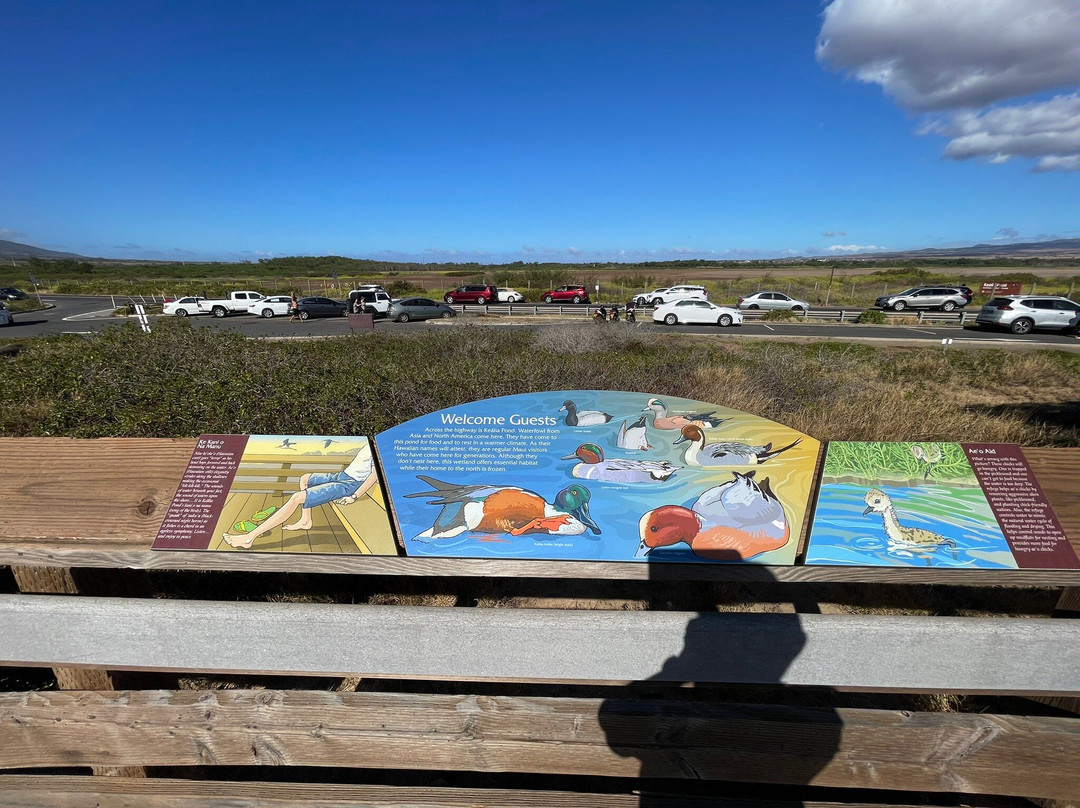
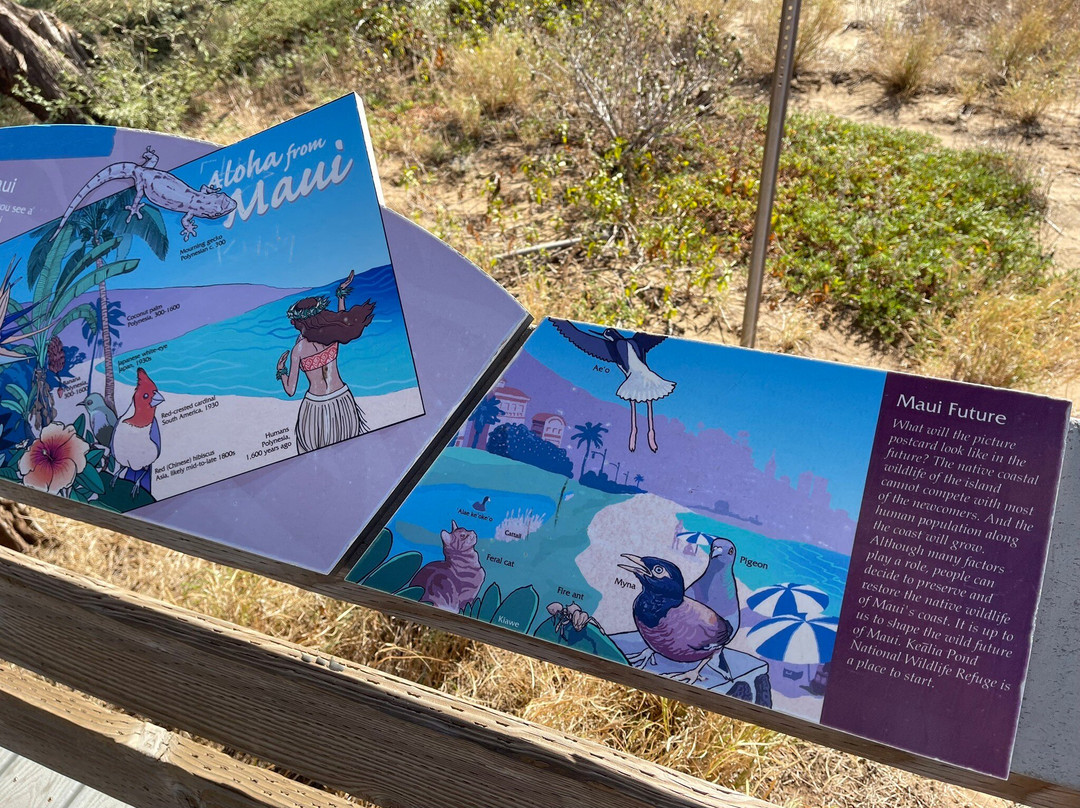
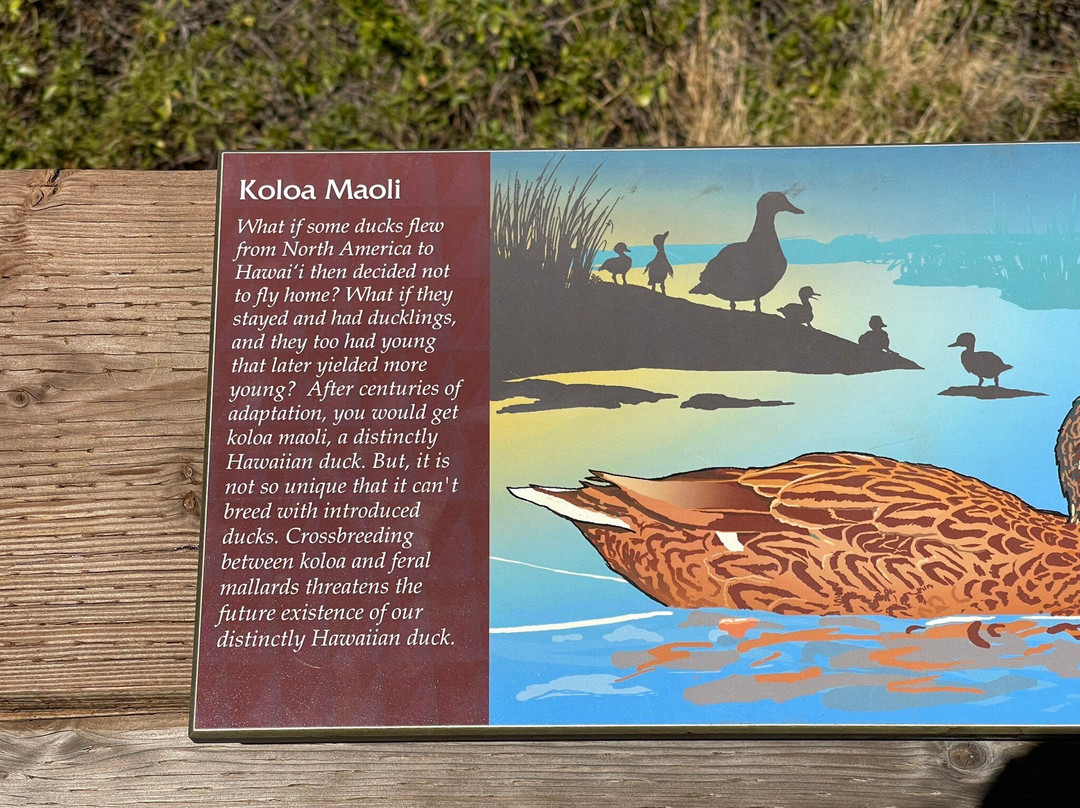
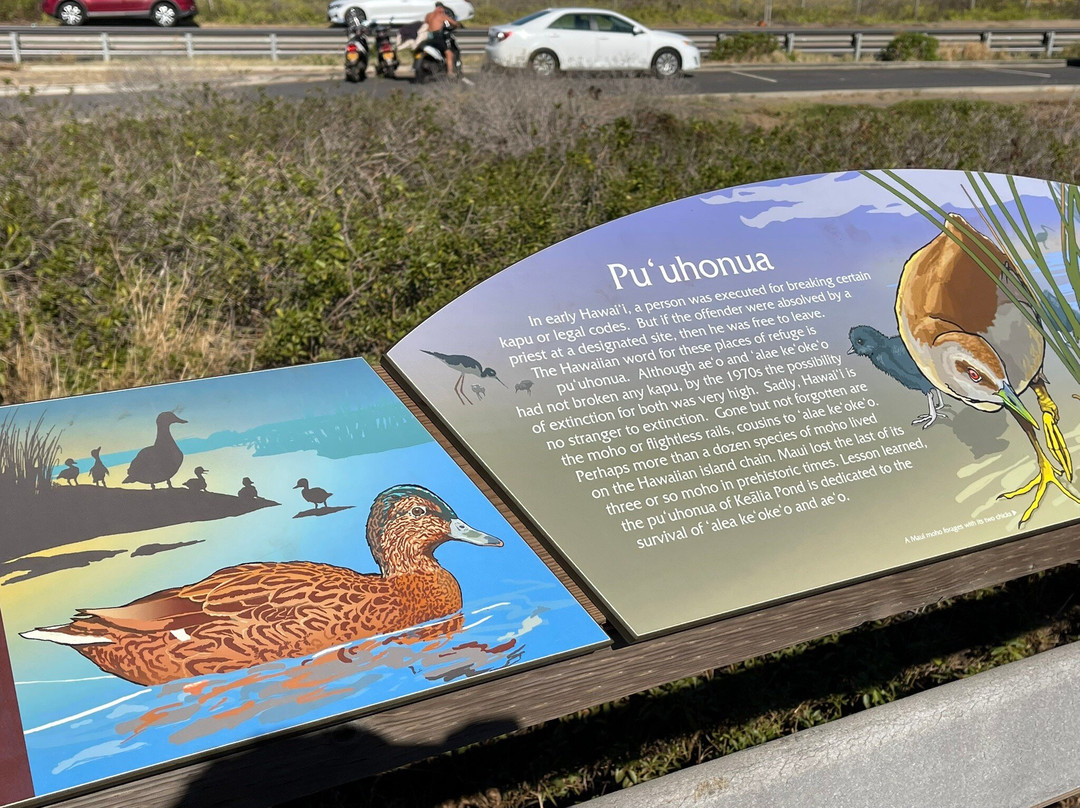
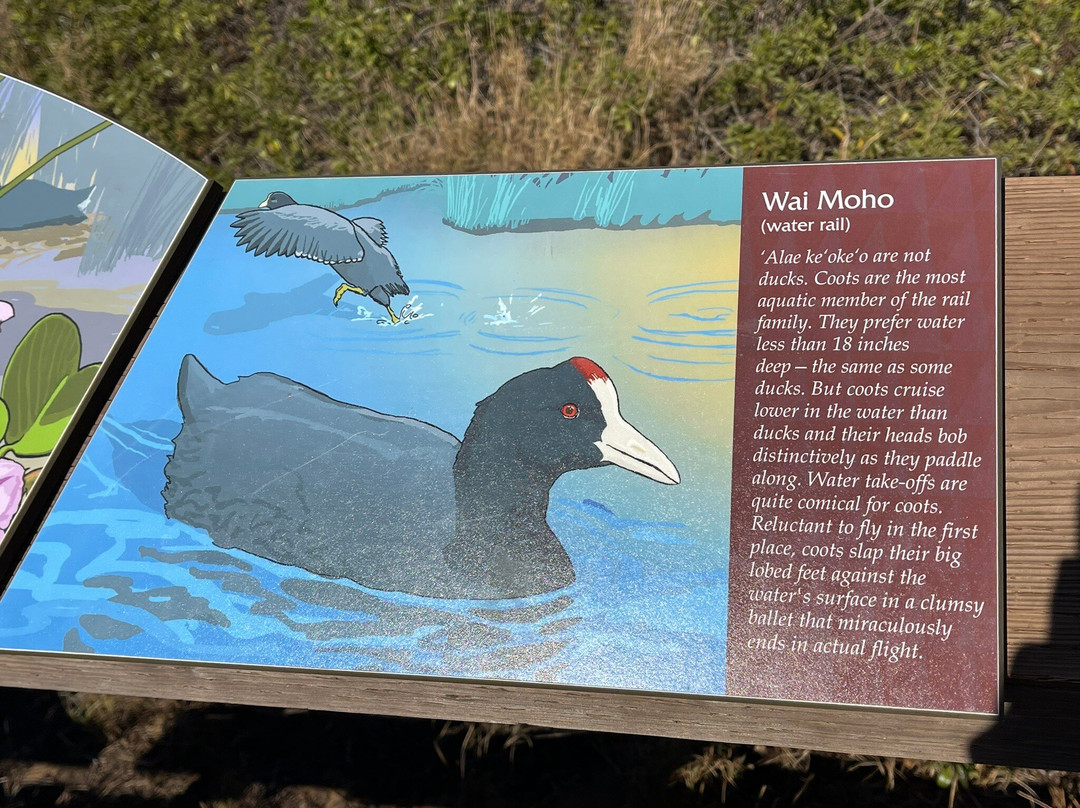
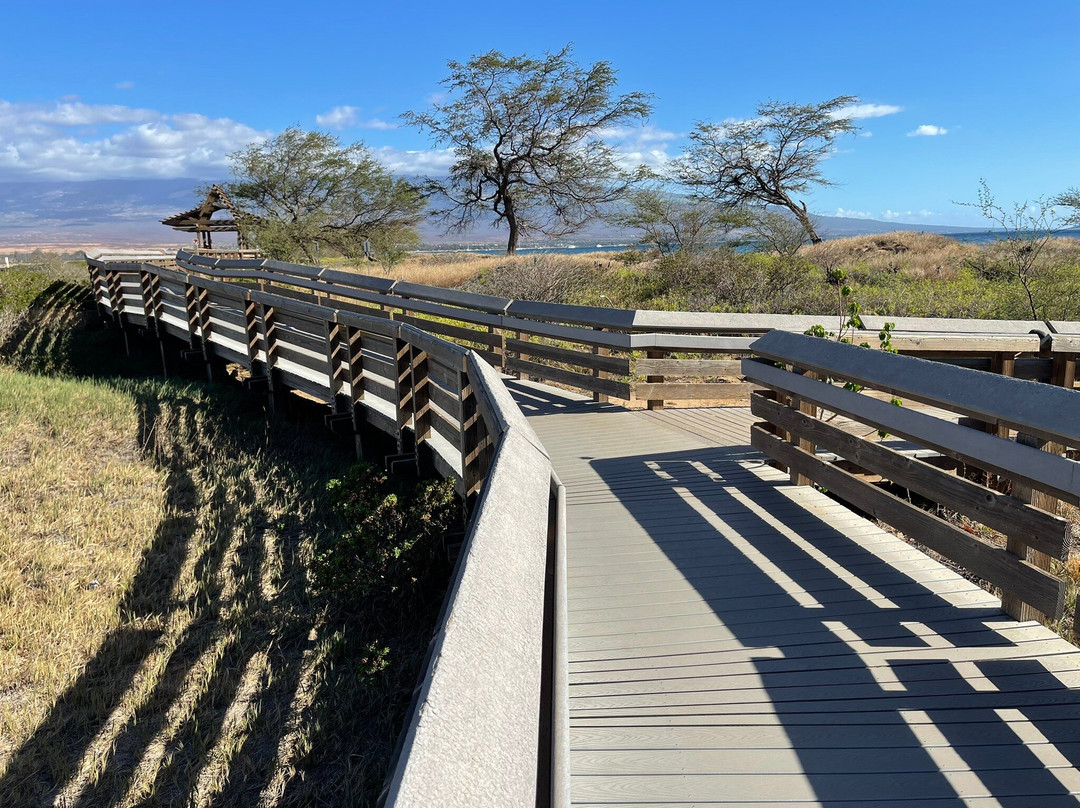
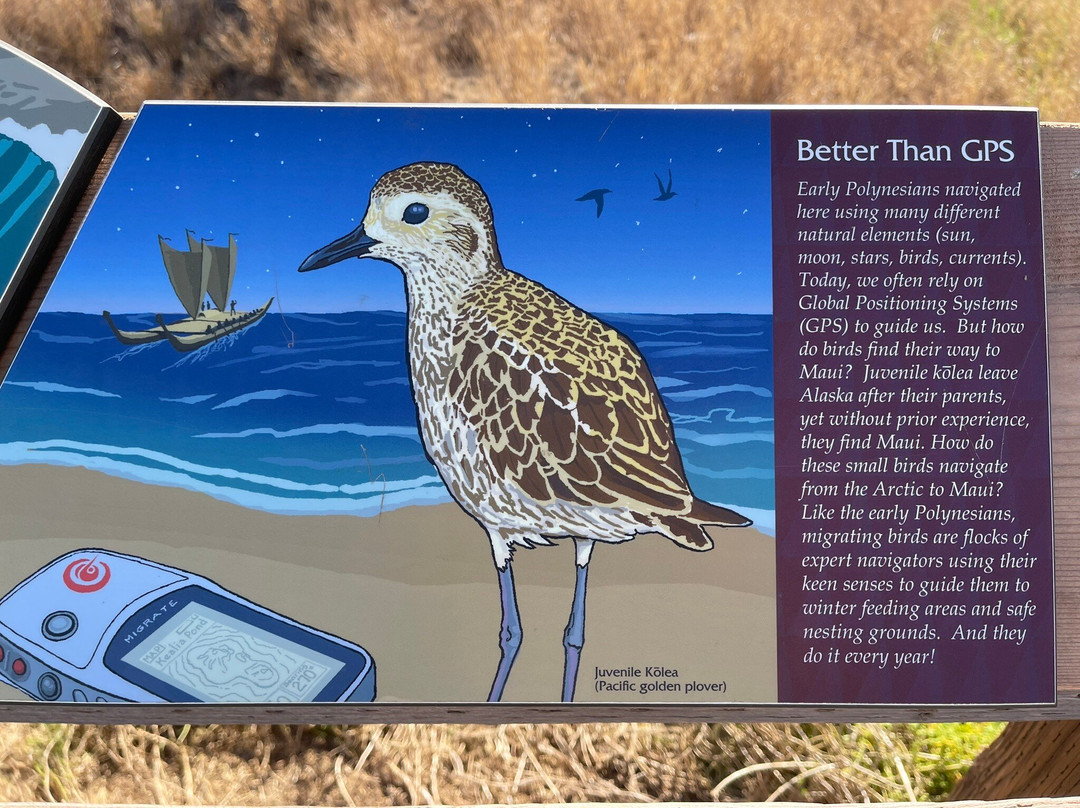
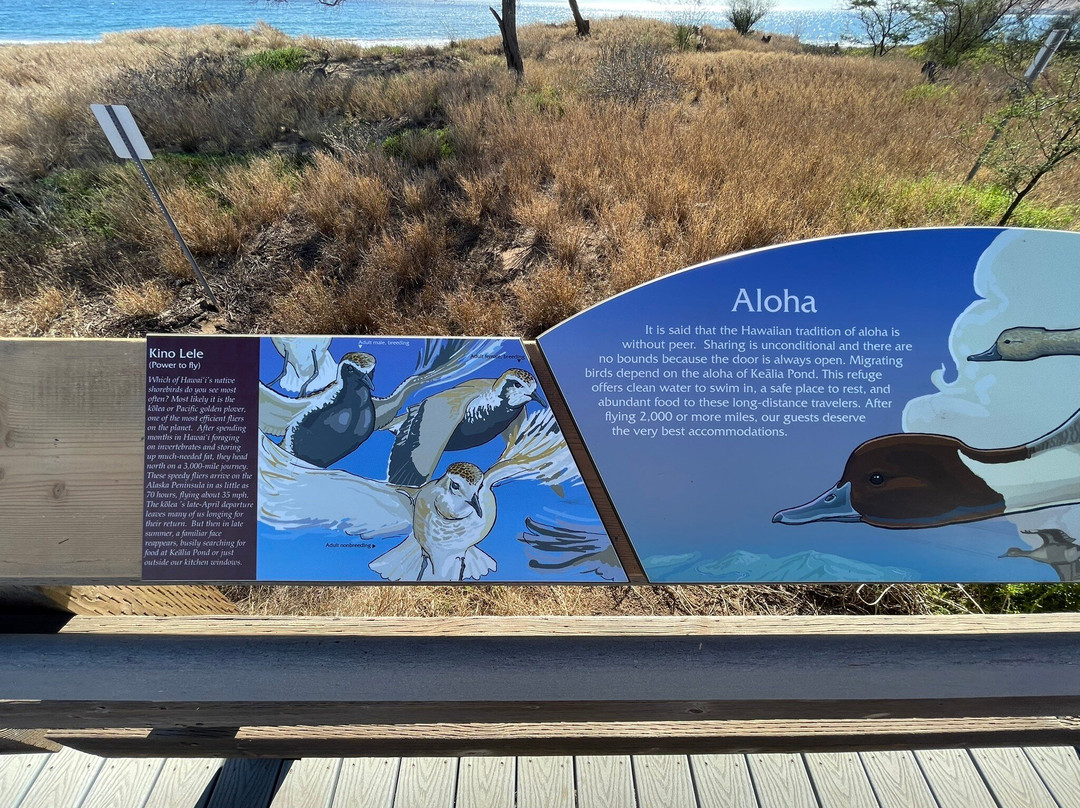
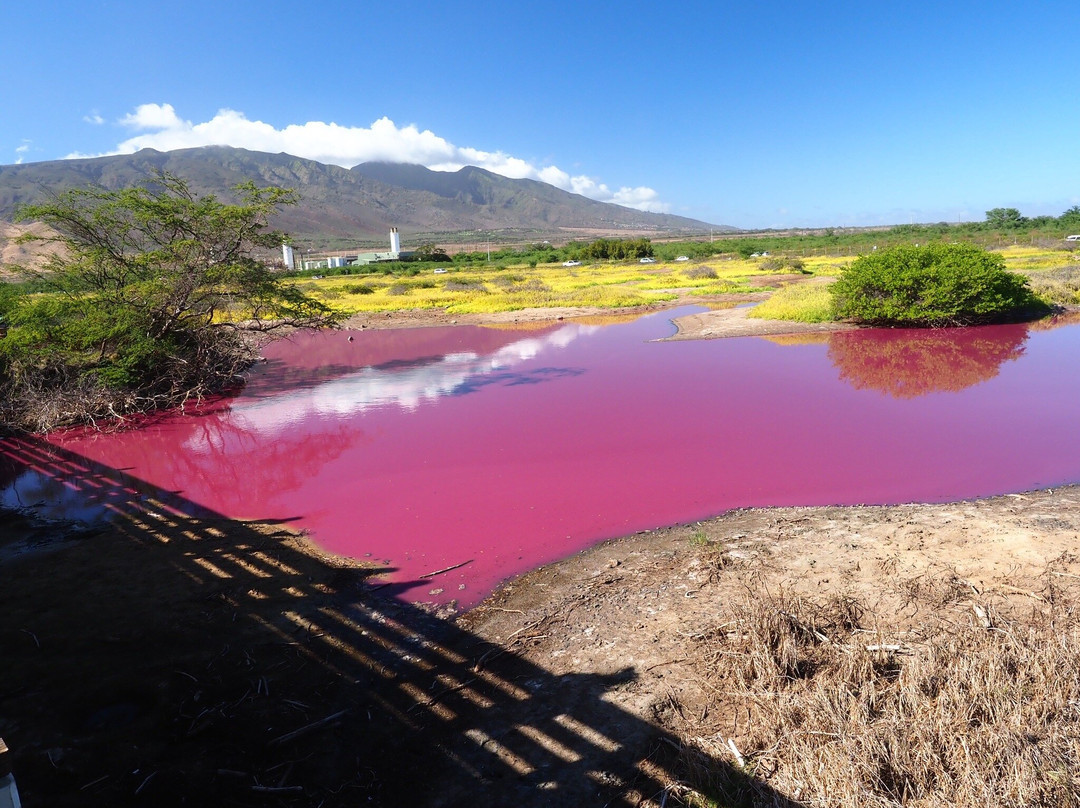
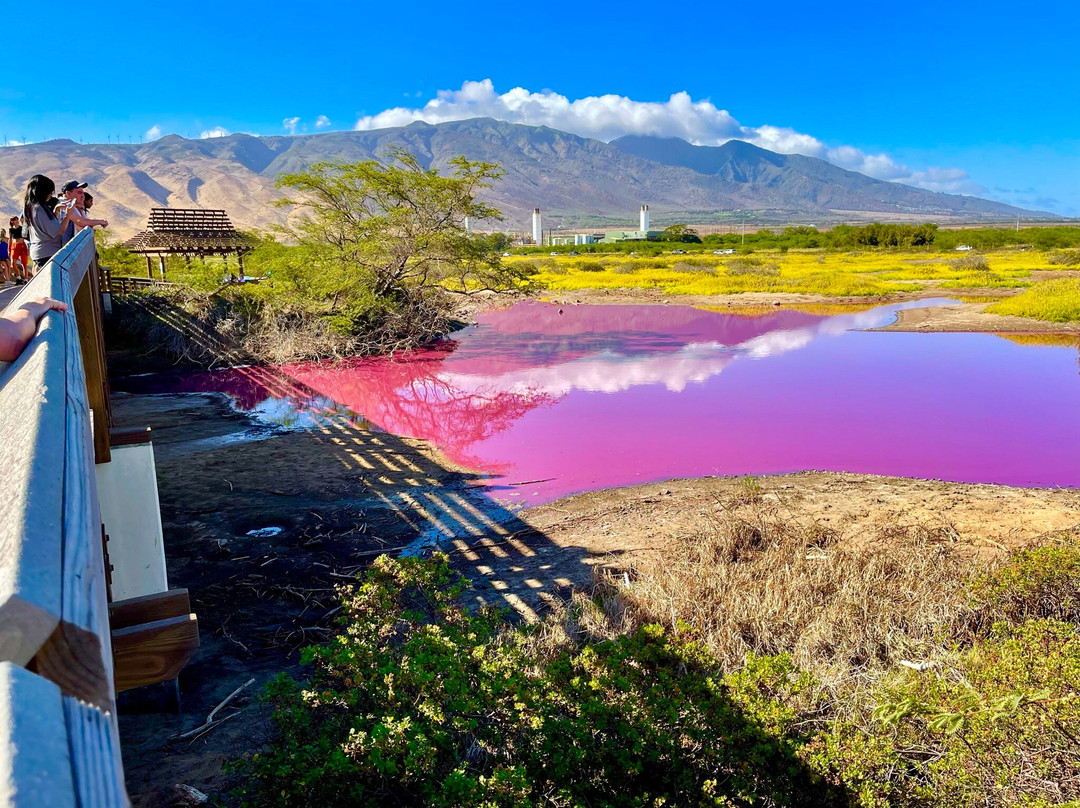
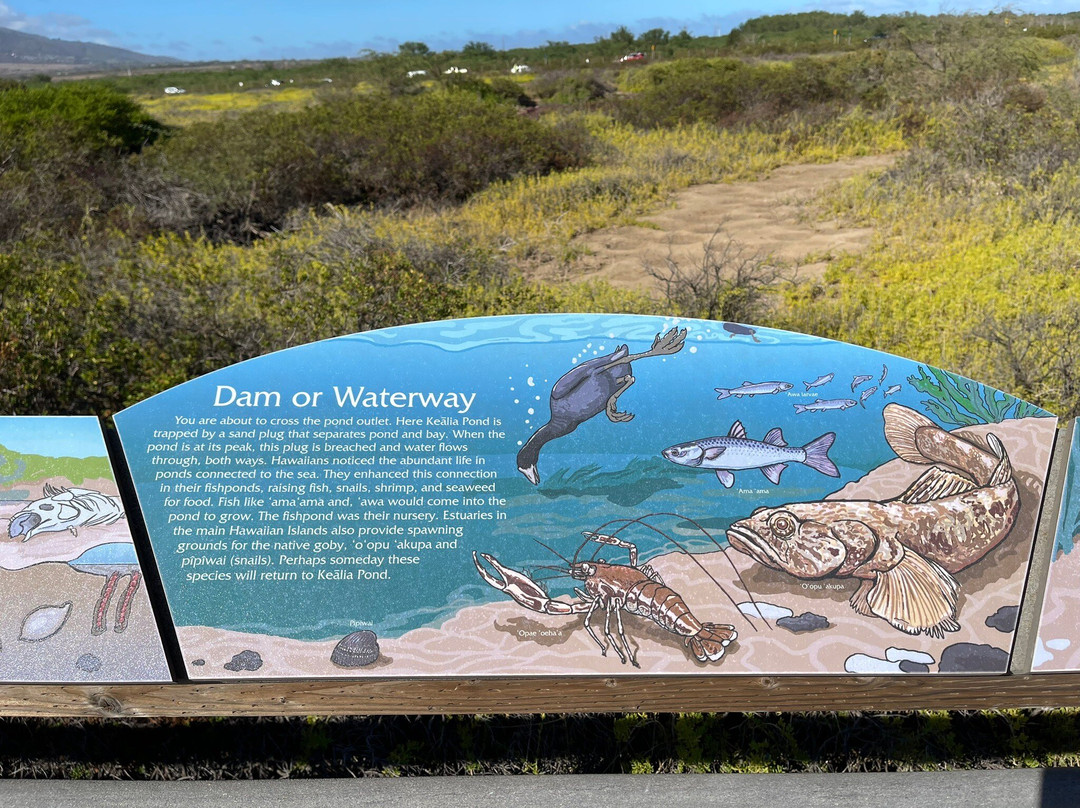
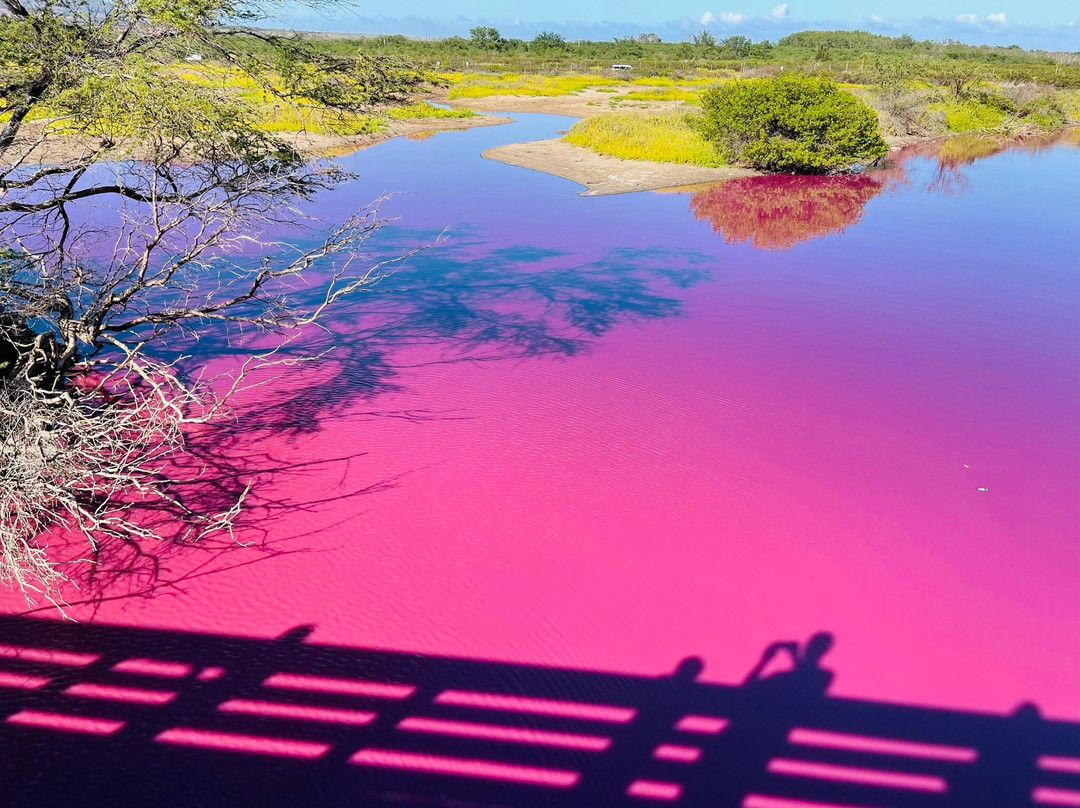
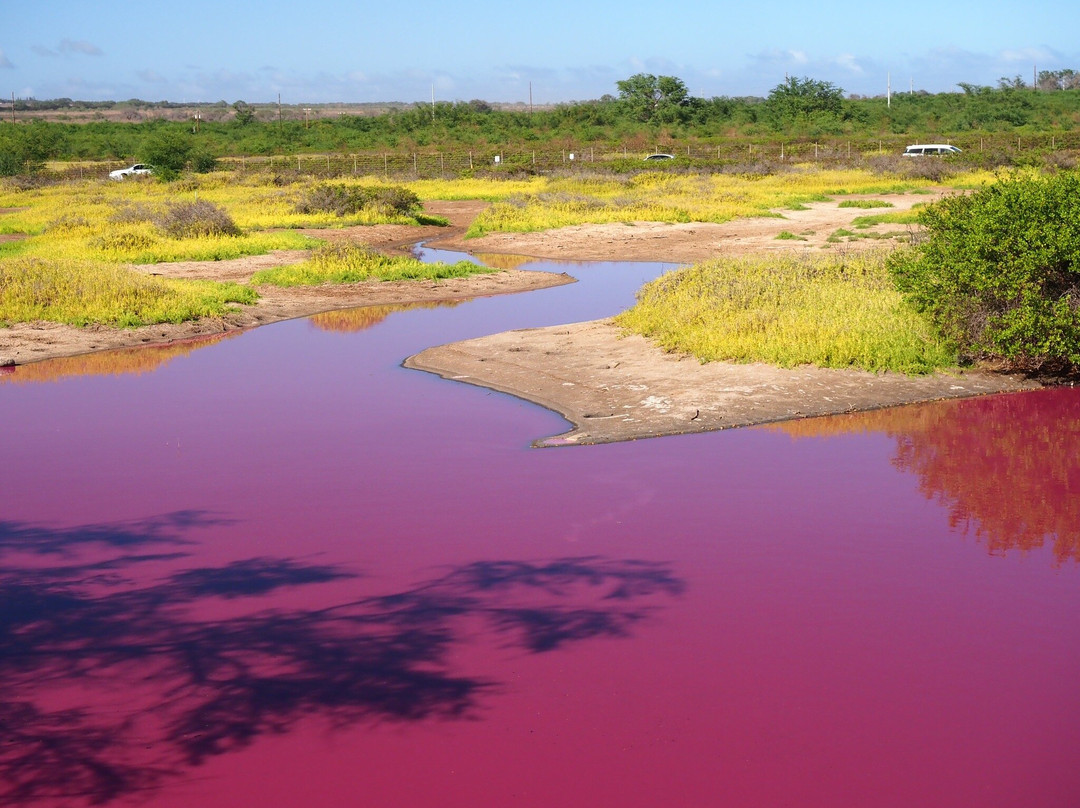
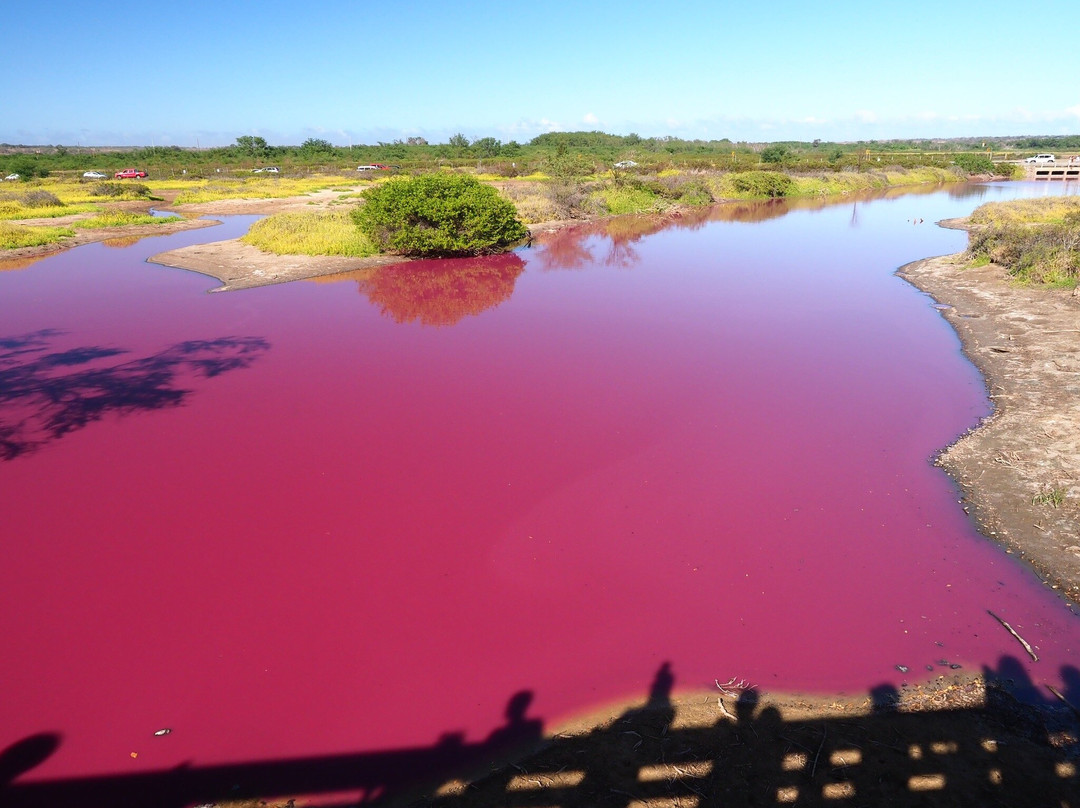
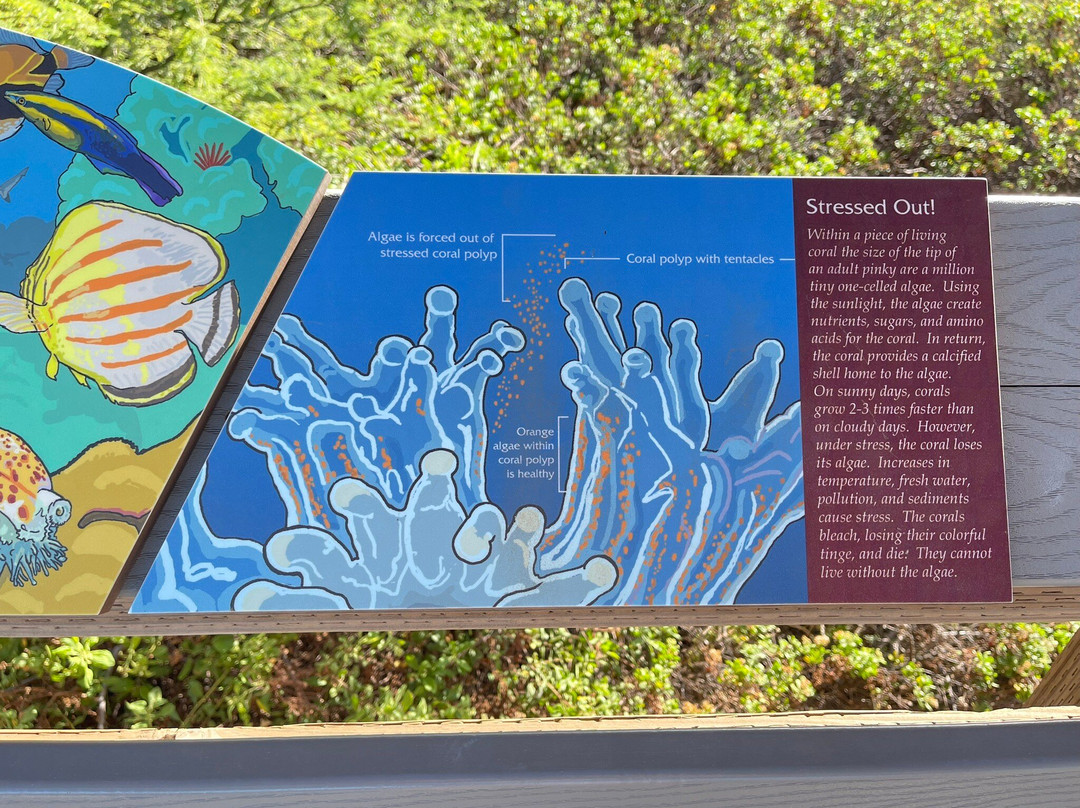
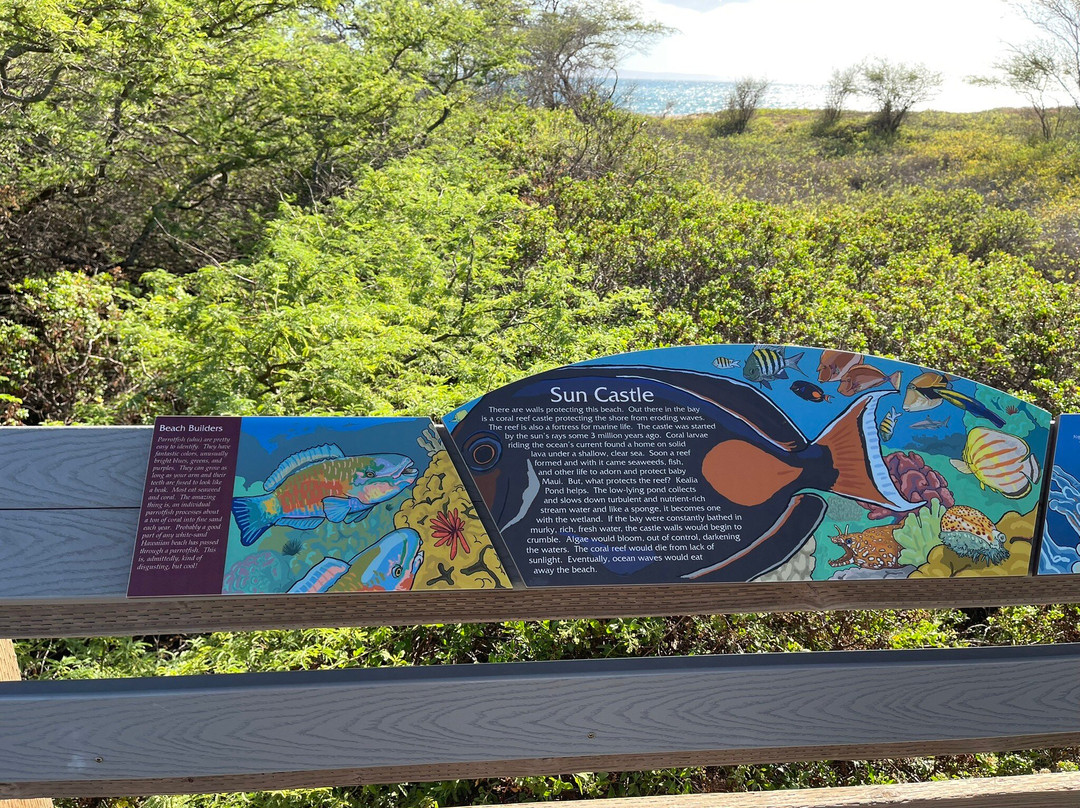
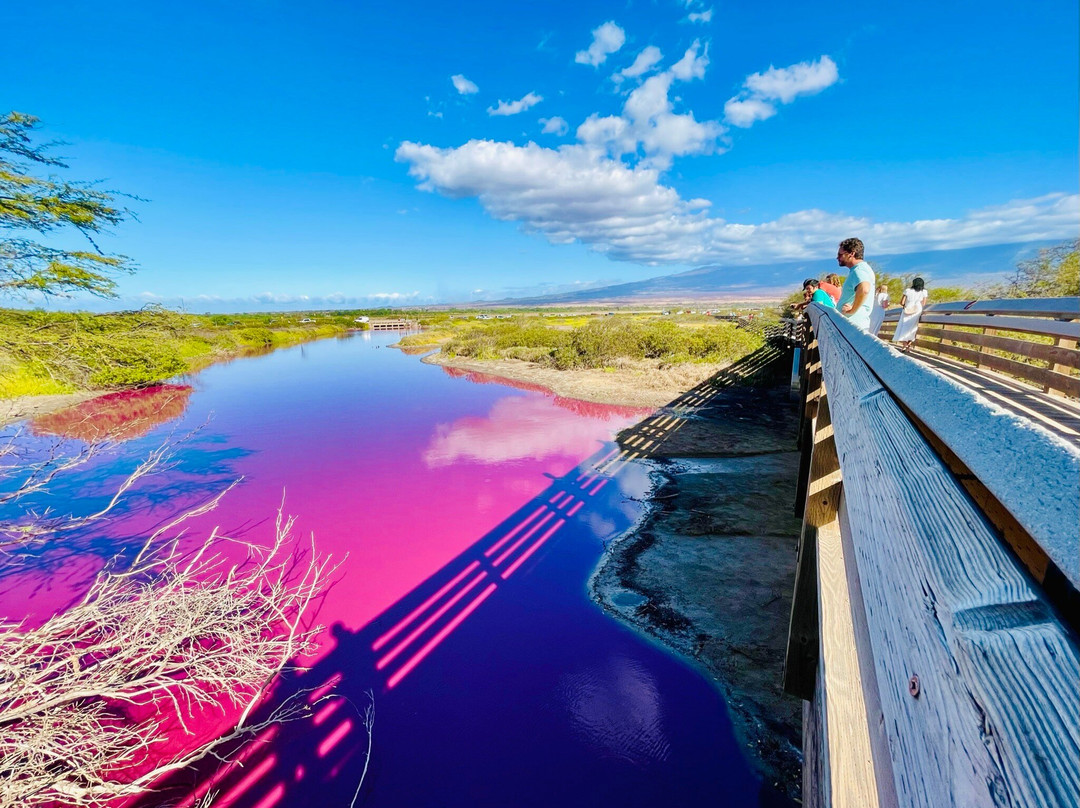
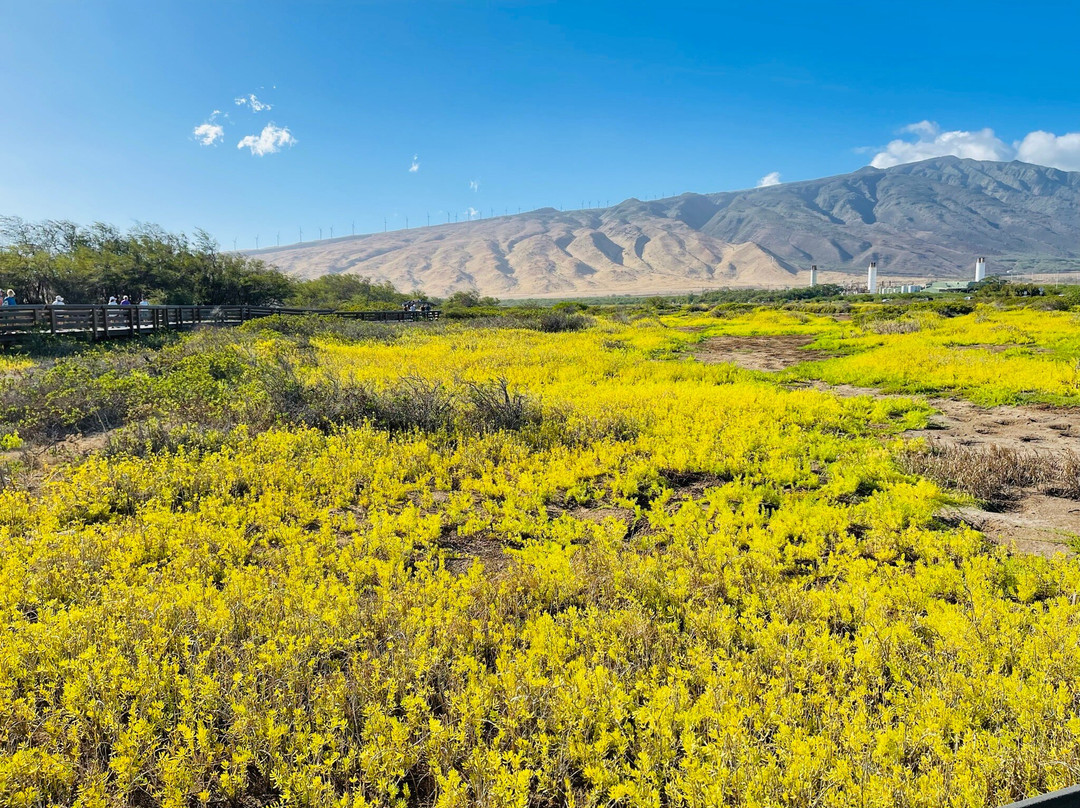
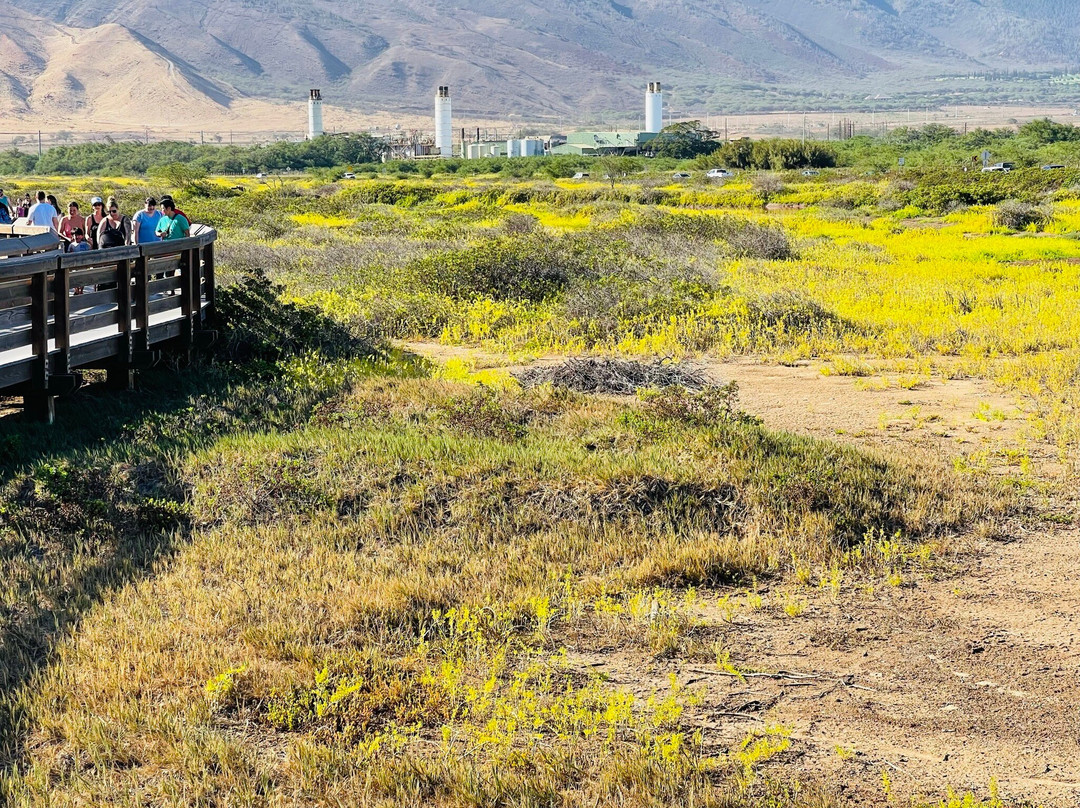
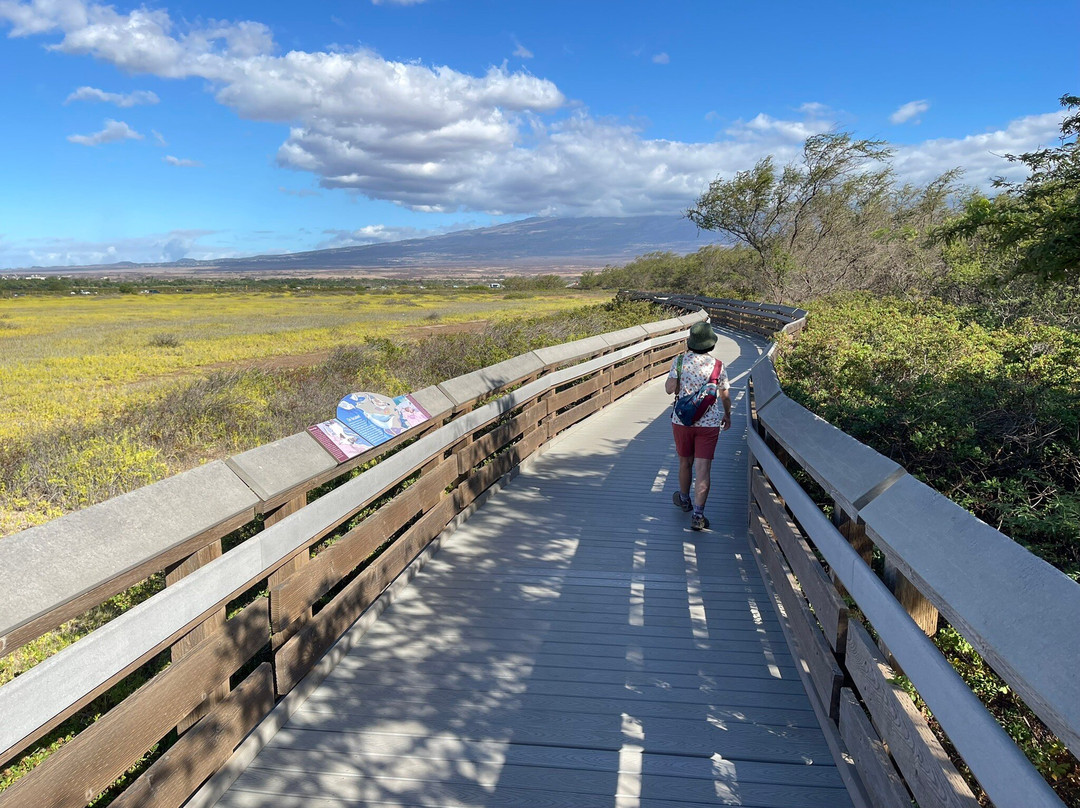
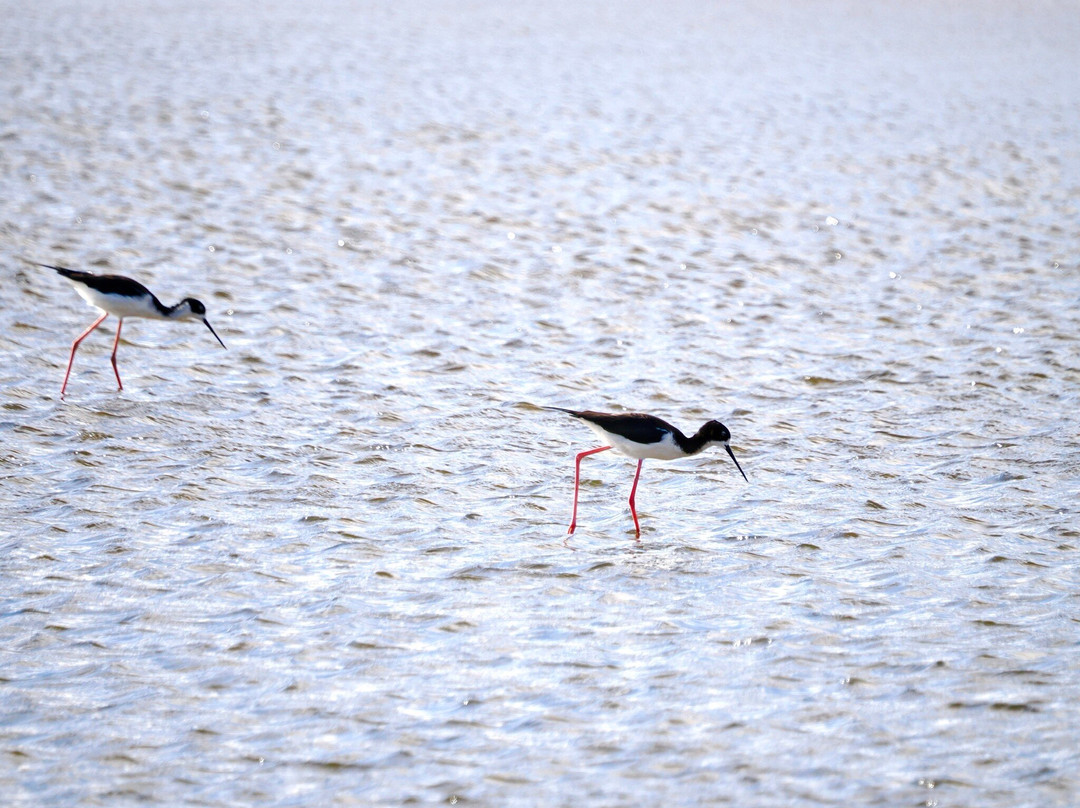
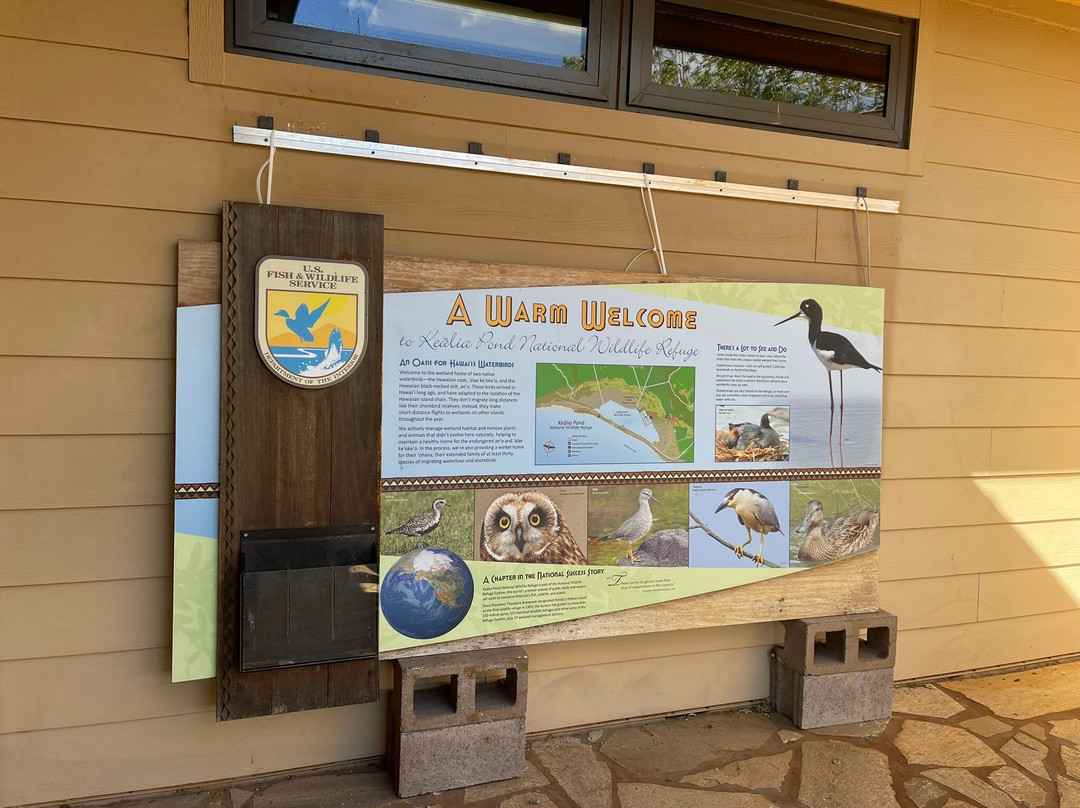
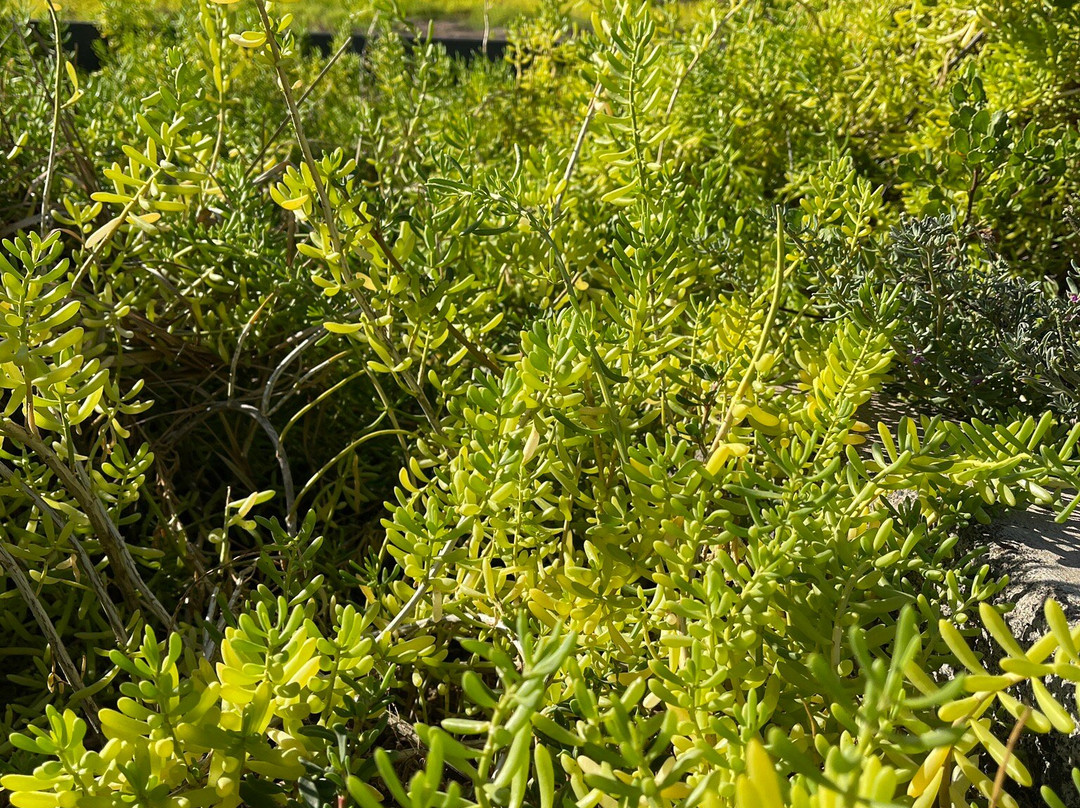
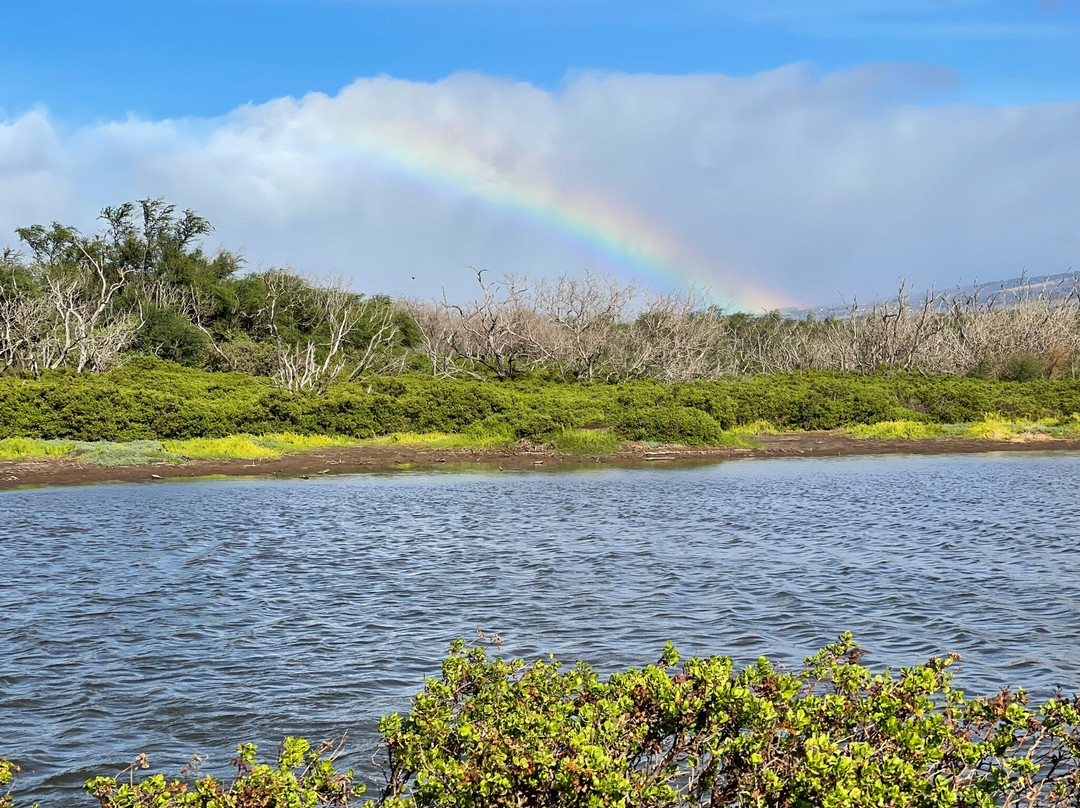
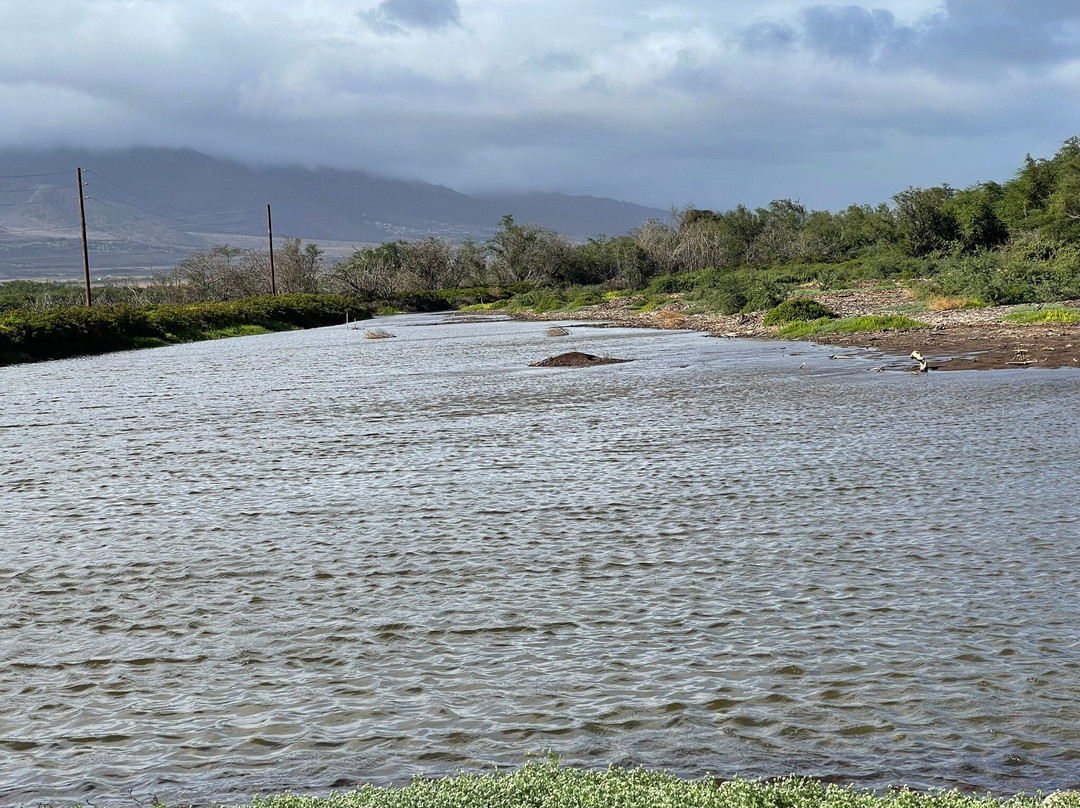
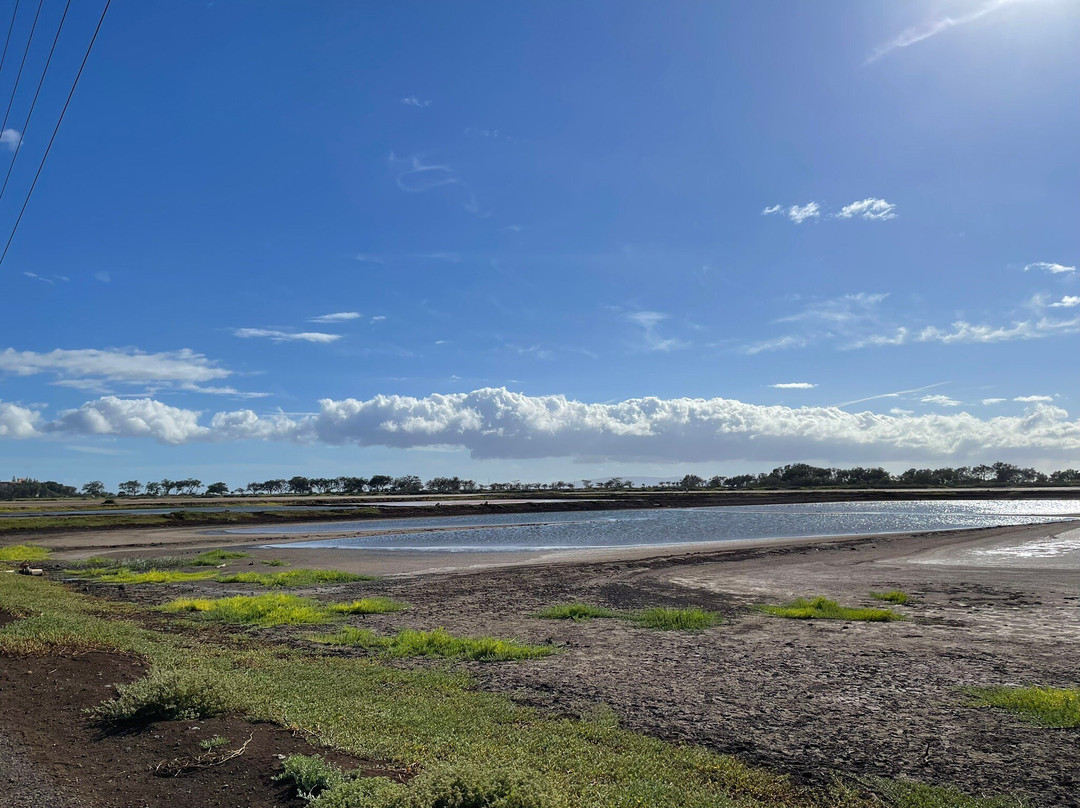
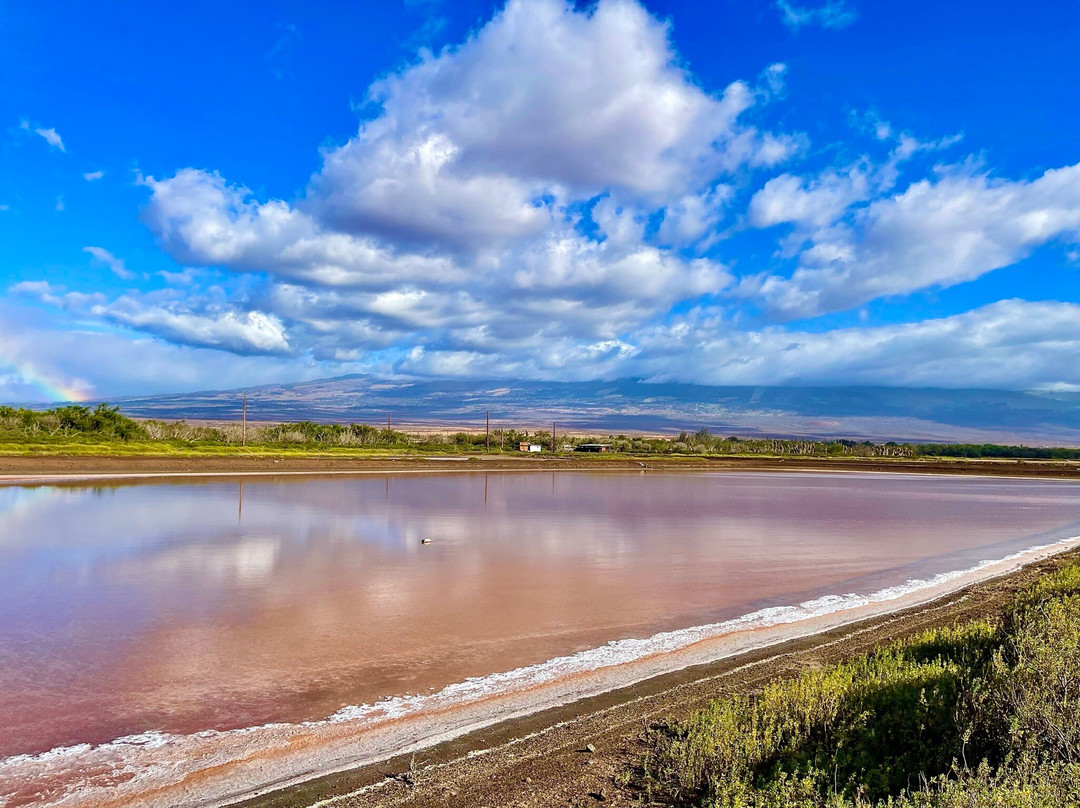
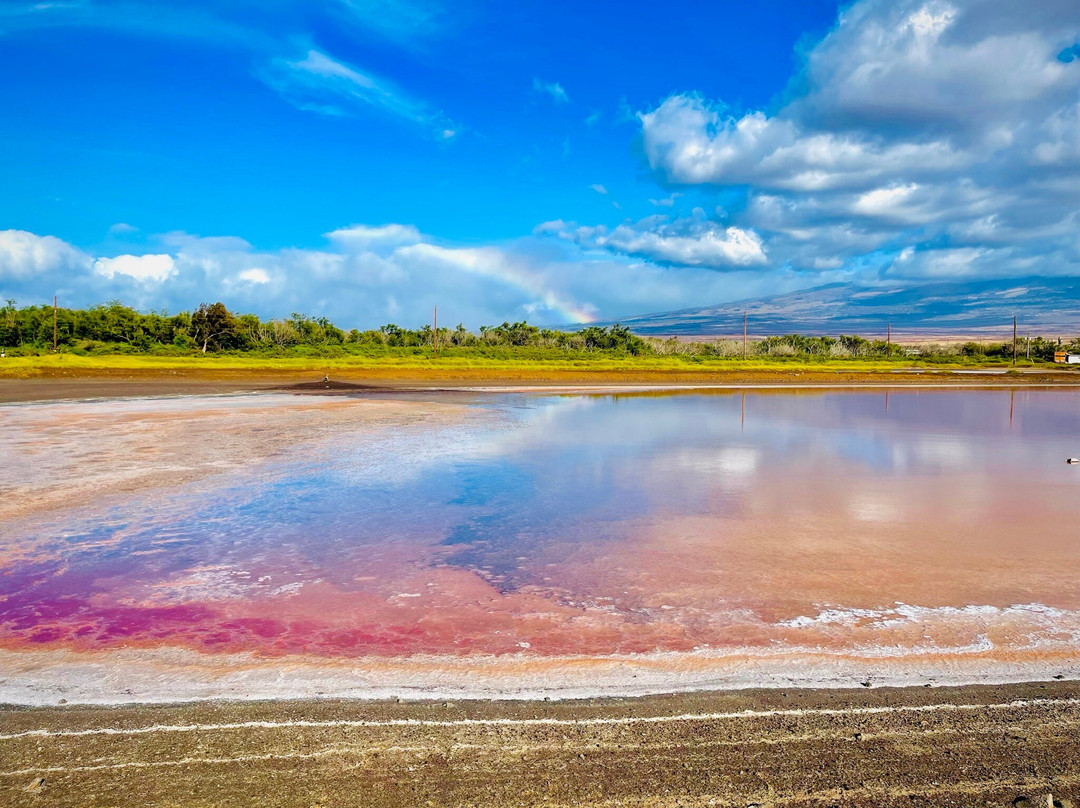
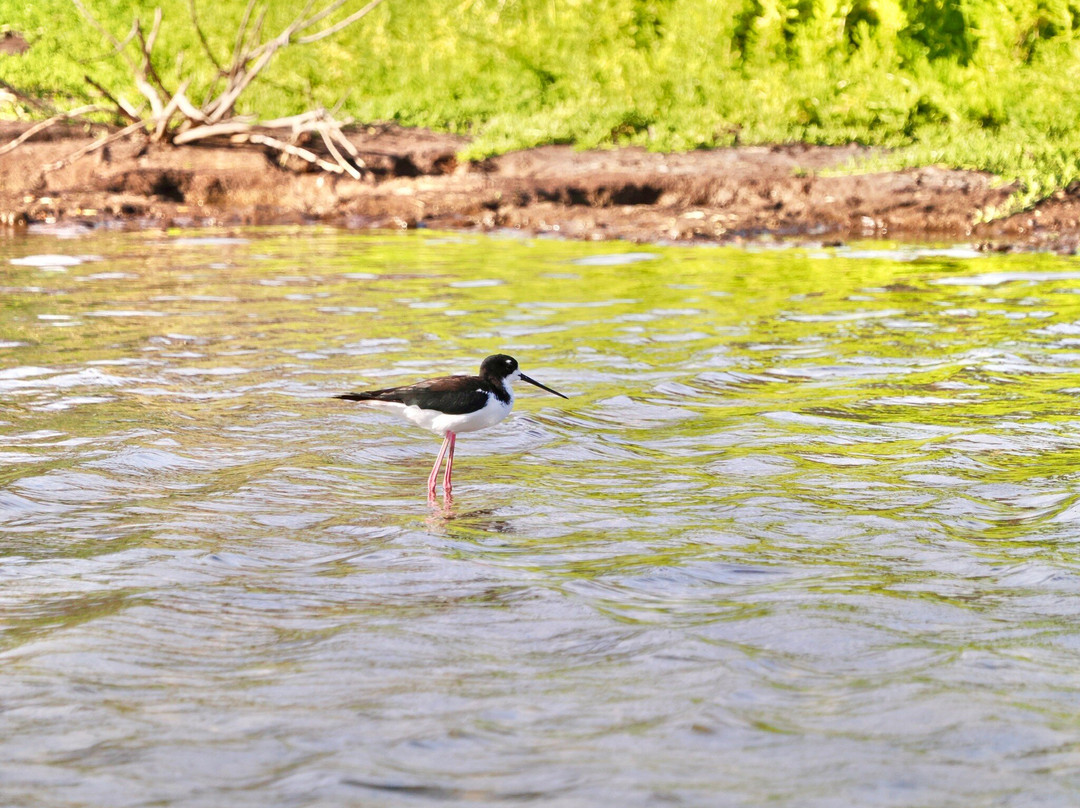
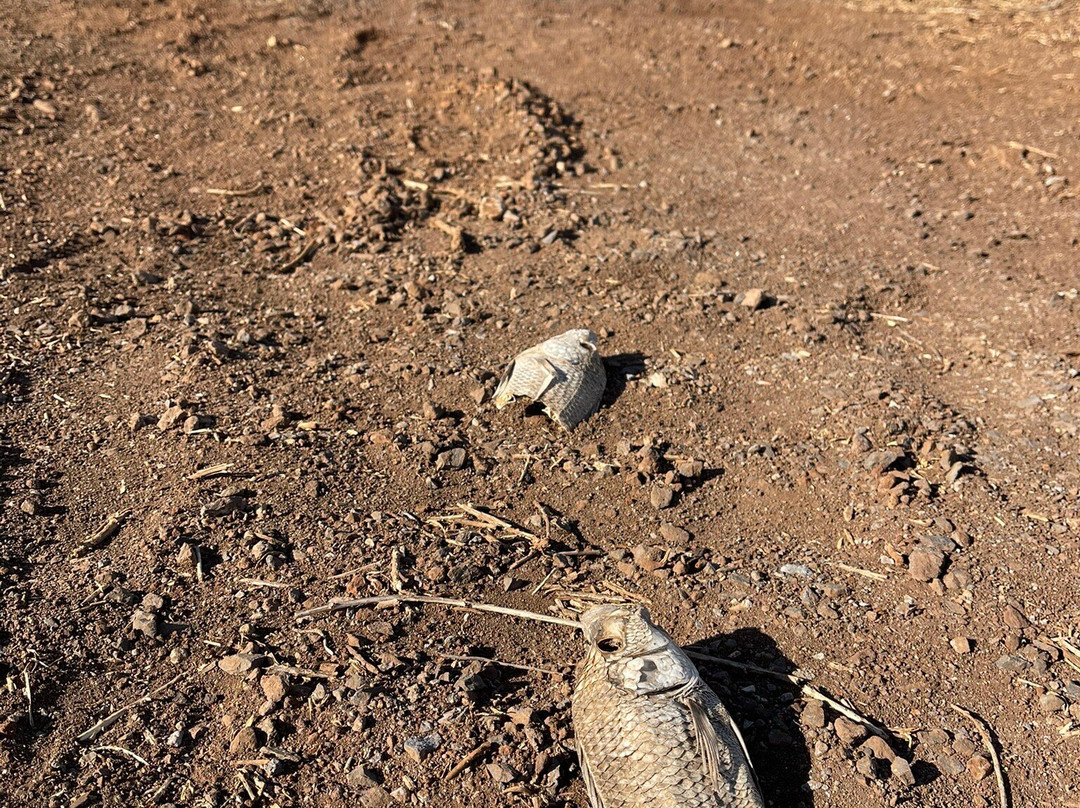
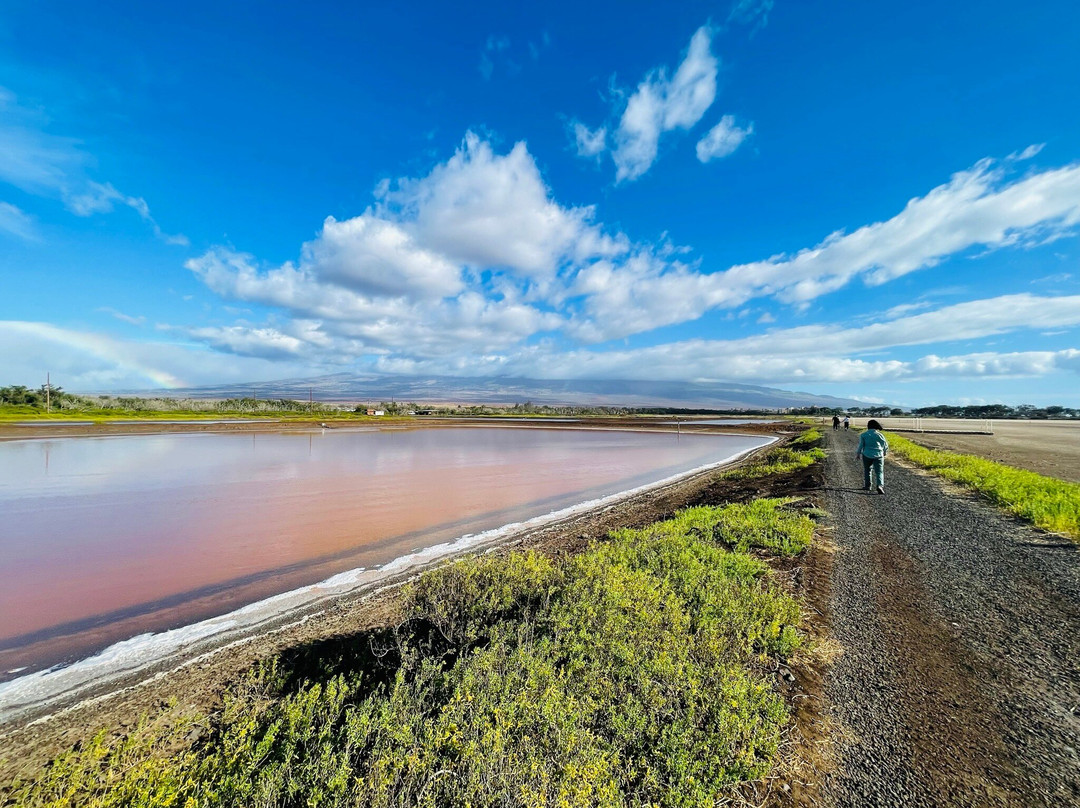
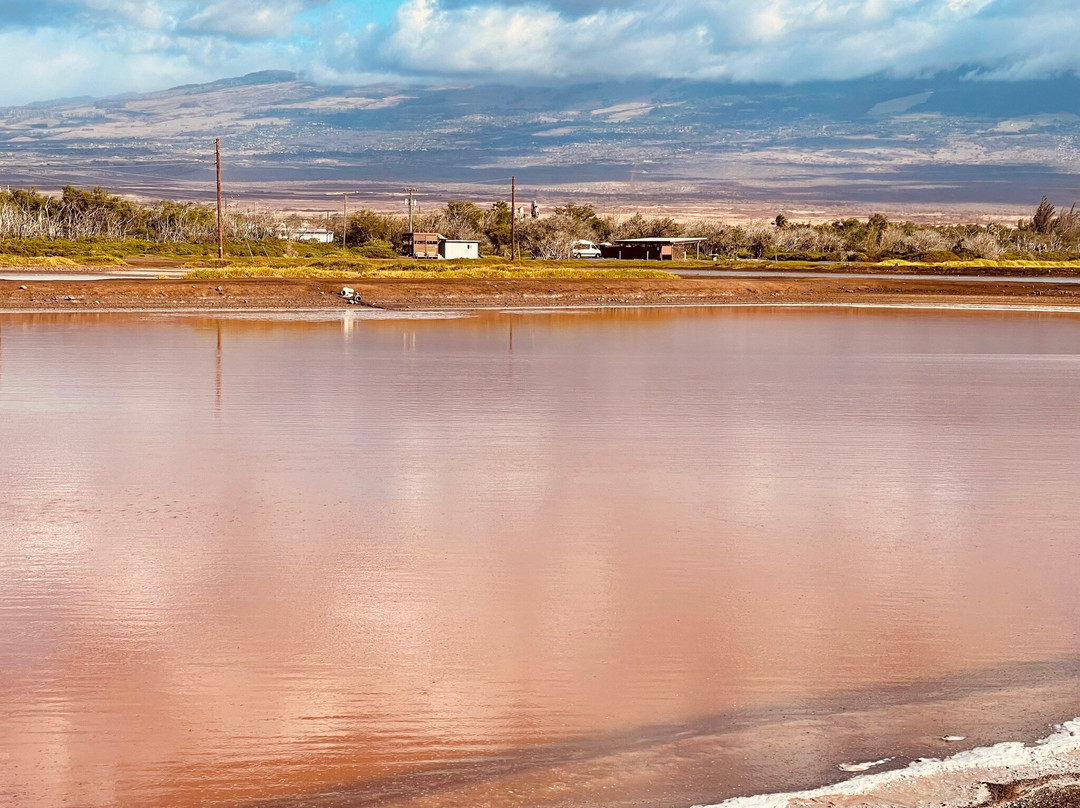
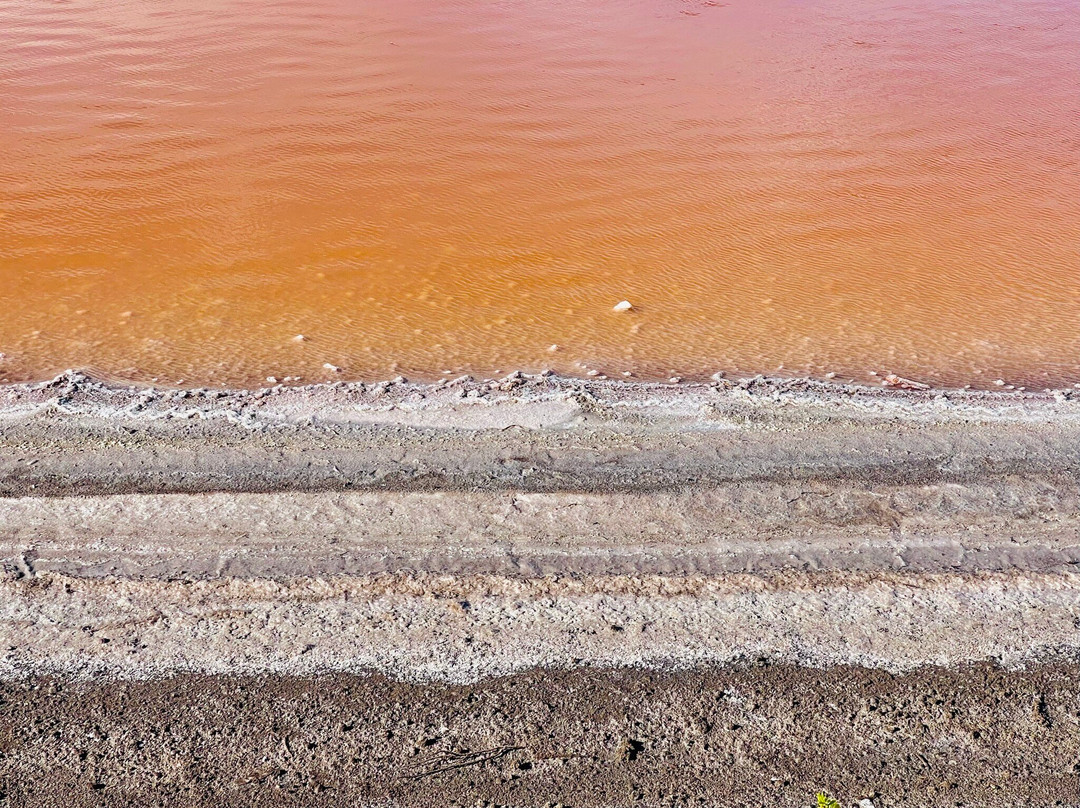

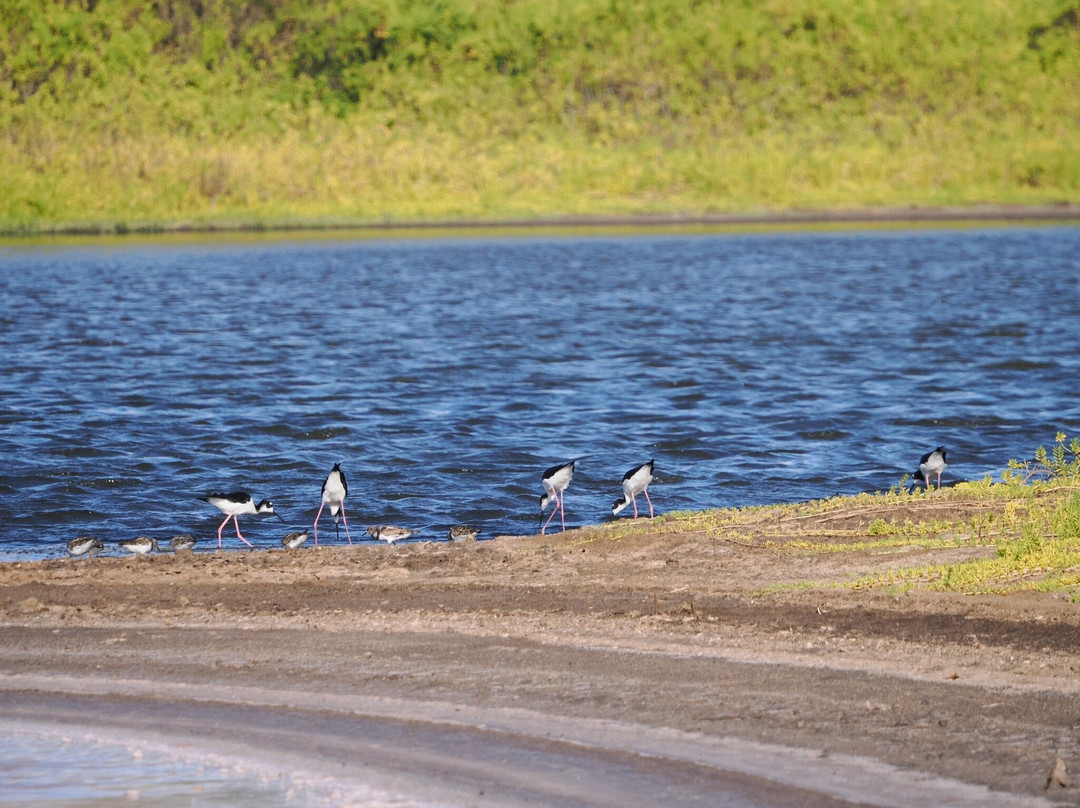
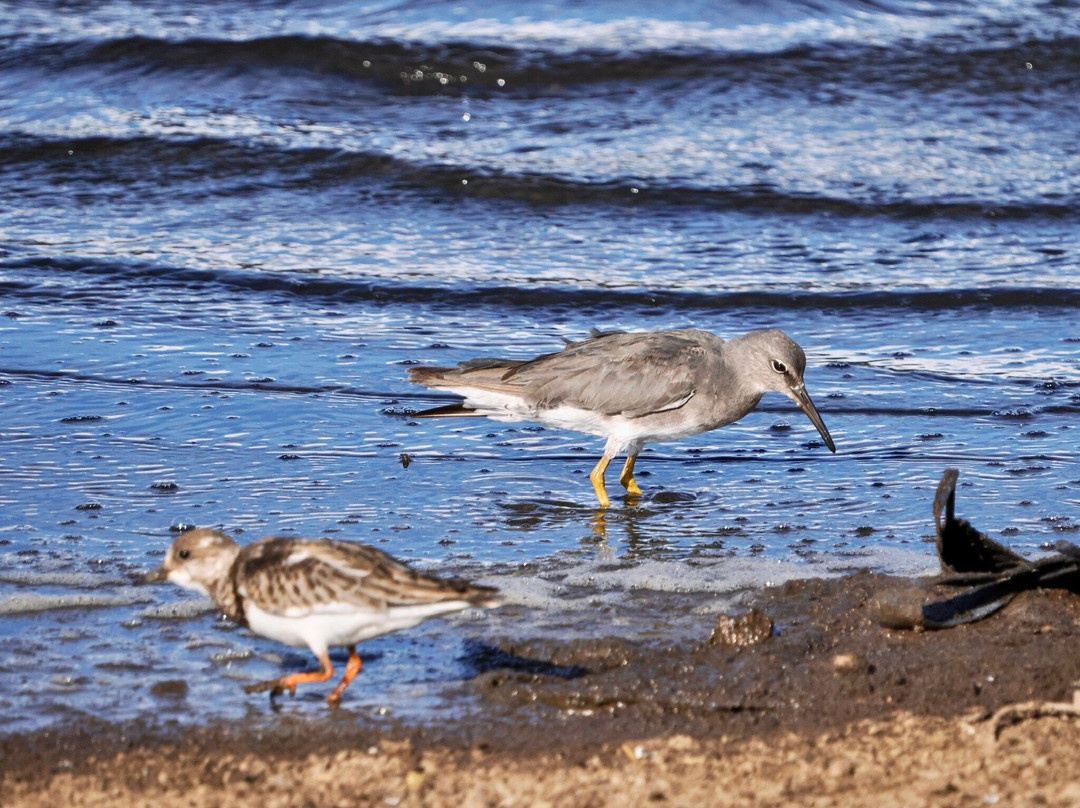
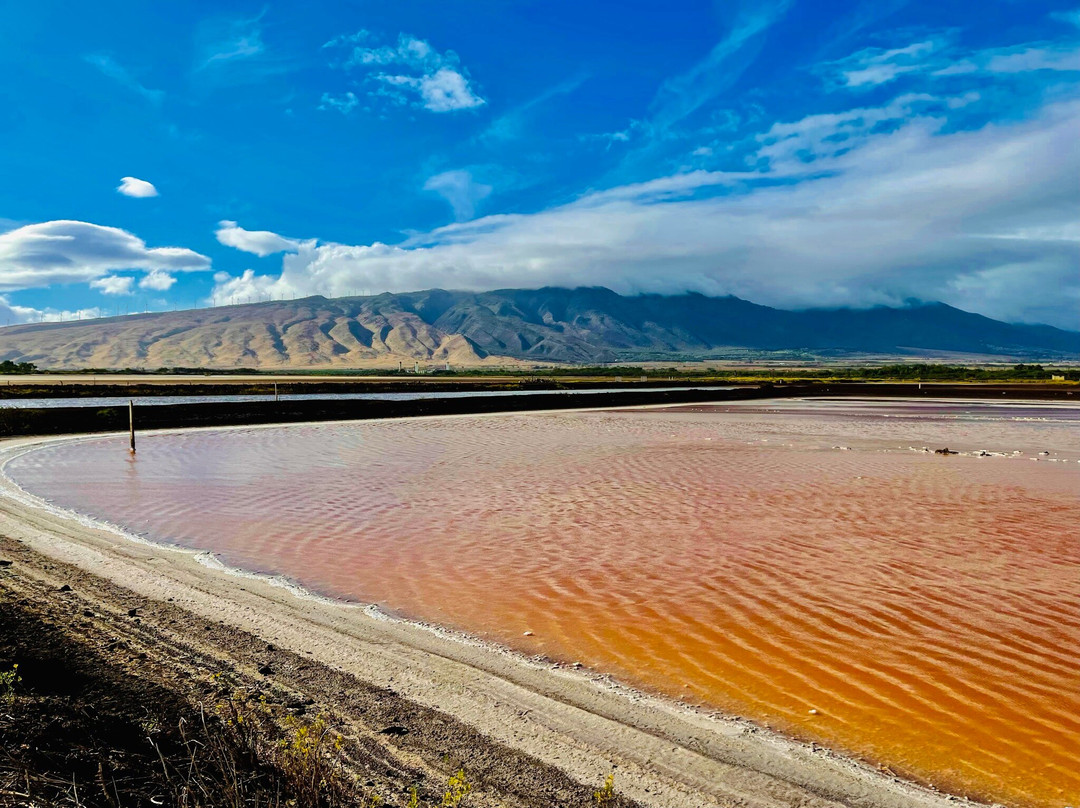
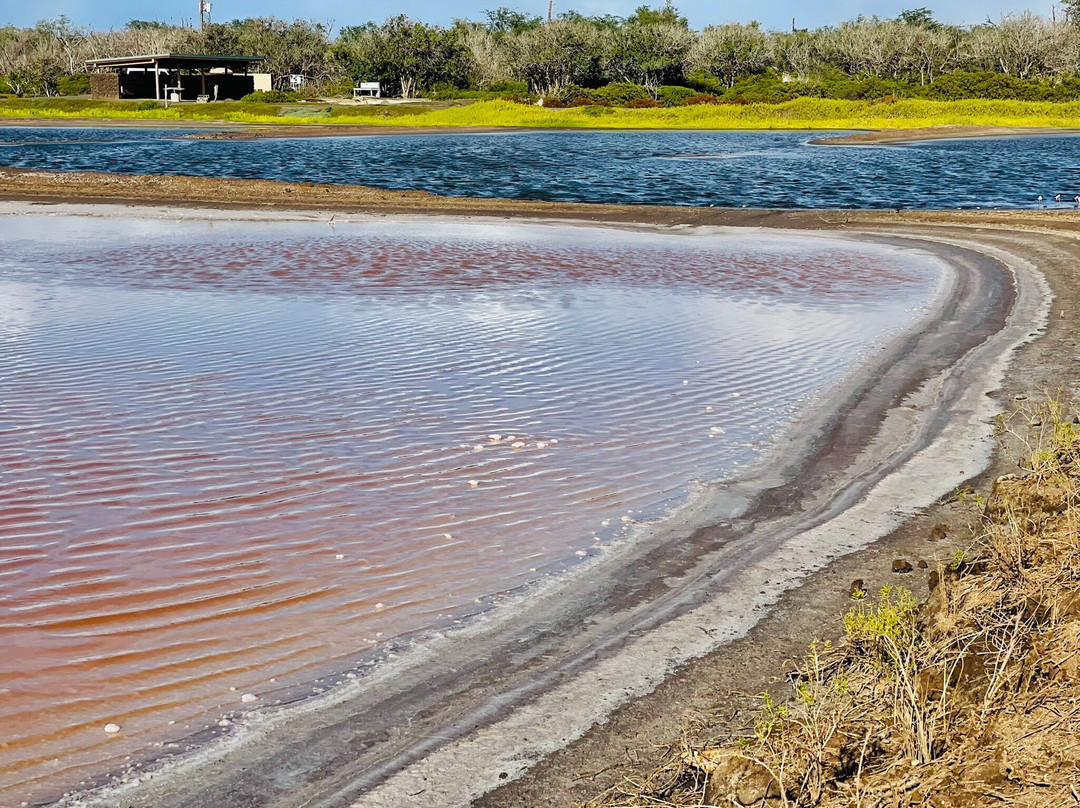
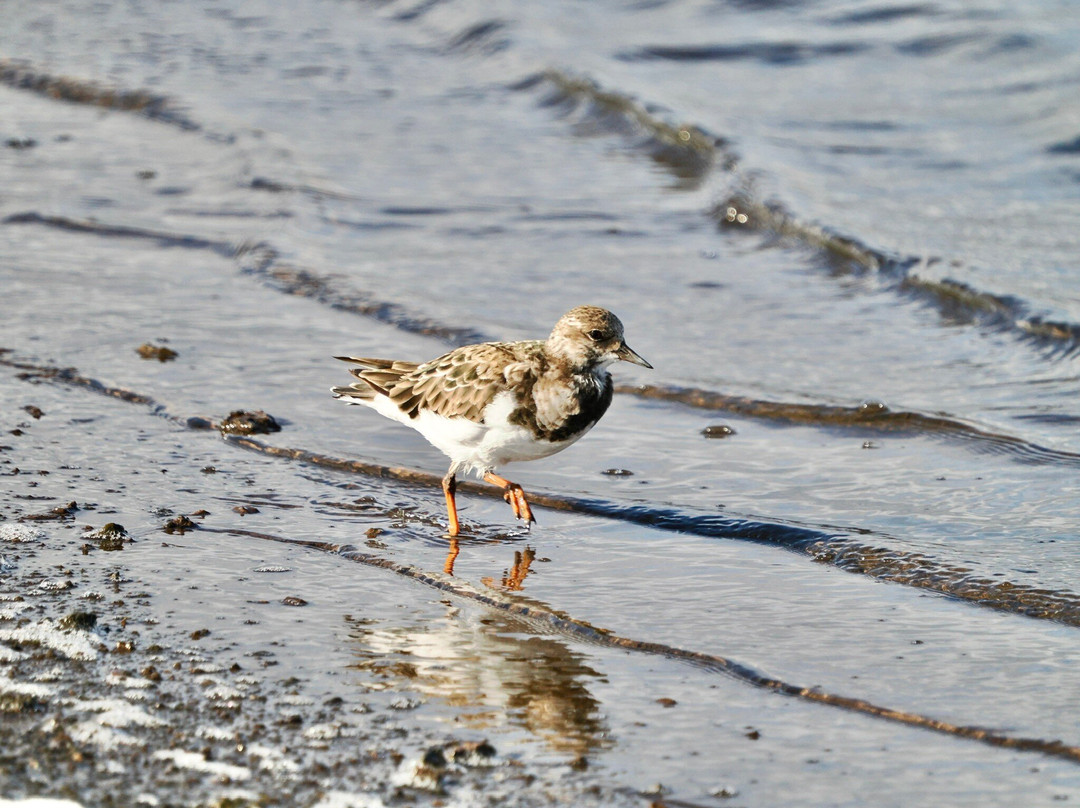
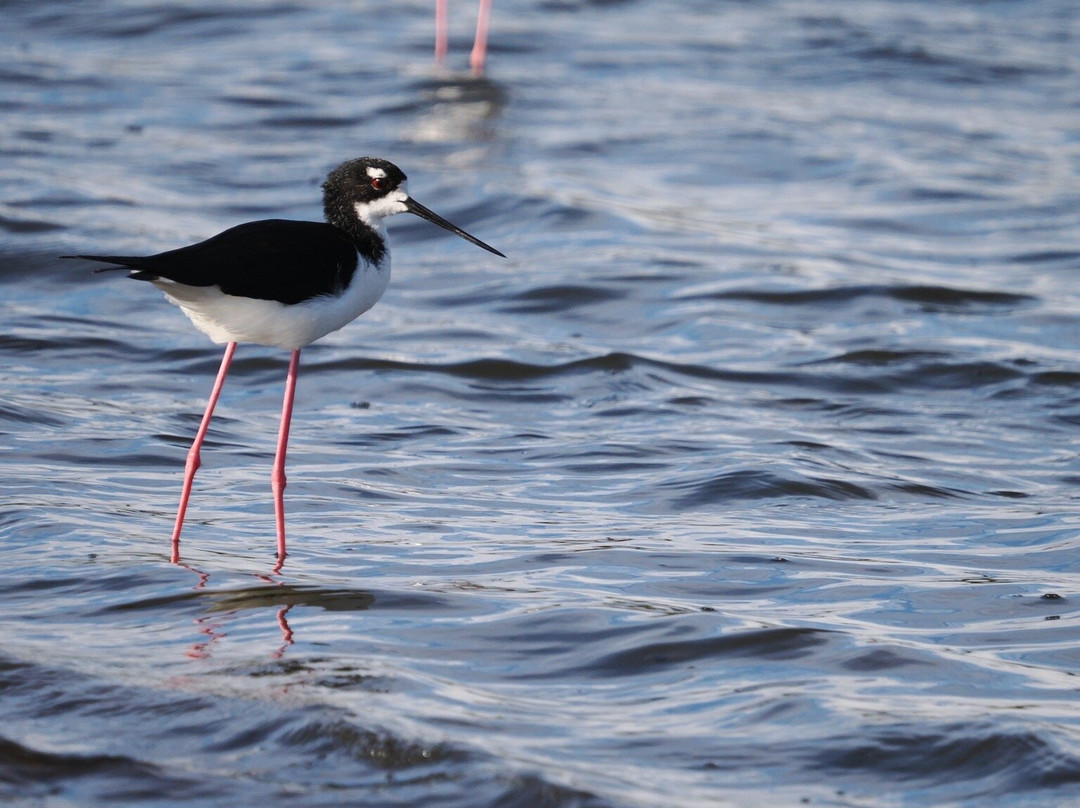
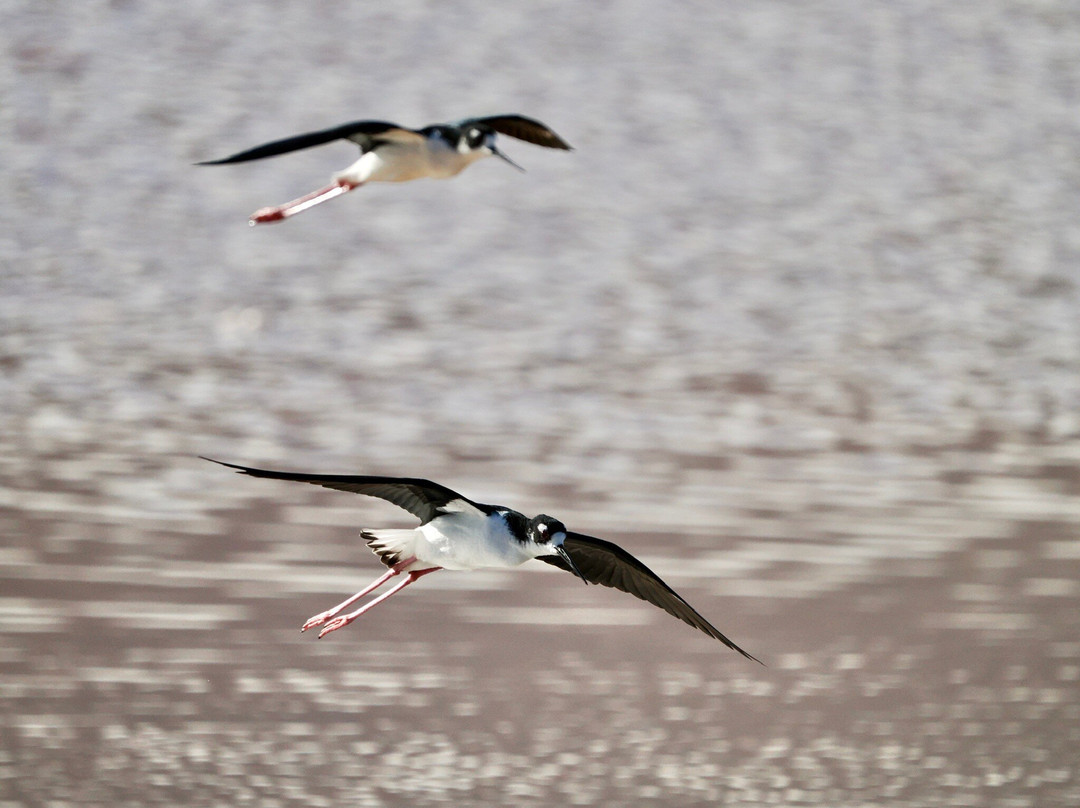
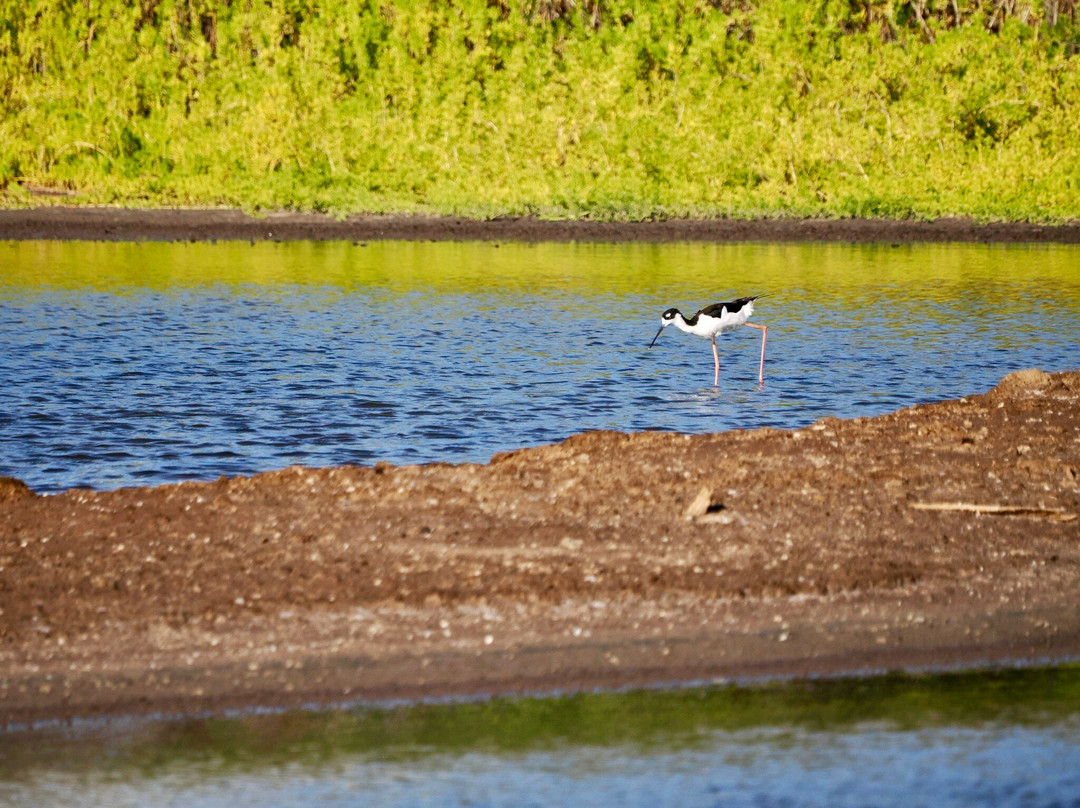
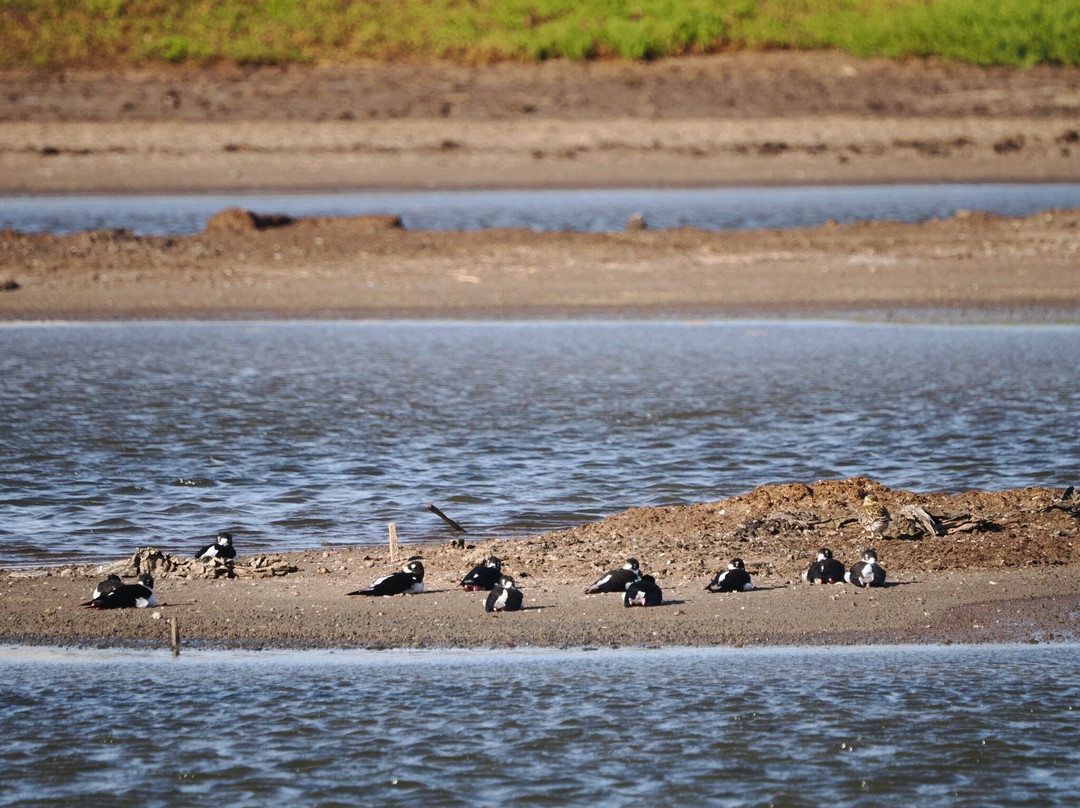

此点评仅代表旅行者个人的主观意见,并不代表TripAdvisor以及其合作方的意见。
关于我们
|
新闻动态
|
商务合作
|
会员中心
|
业主中心
|
业主通
|
常见问题
|
意见反馈
|
联系我们
|
营业执照
© 2025 Tripadvisor 版权所有。
使用条款 |隐私政策 |网站工作原理
部分照片由 VFM Leonardo 提供。
* Tripadvisor不是旅行社,也不是旅游预订服务代理商。我们提供免费、客观、公正的旅游资讯服务。 (显示更多)
TripAdvisor LLC 既不是预订代理商,也不是旅游运营商,不会向网站用户收取任何服务费。 按照规定,在 Tripadvisor 发布机票价格、游览和旅行套餐的合作伙伴(航空公司、旅行提供商及预订代理商),其标价须包含所有费用和附加费用。 例如, 机场出入境税费、消费税与其他服务费、手续费、杂费及附加费用。 当您向我们的某个合作伙伴进行预订时,请务必查阅他们的网站以了解当地行政部门要求的所有适用费用的具体情况。 除非另有说明,机票价格通常指的是一个人的价格(以人民币计)。
为方便起见,TripAdvisor LLC 根据从我们的预订合作伙伴获取的空房率计算每个酒店的均价。 对于游览和景点来说,所显示价格通常是每位成人的最低可用价格。 对于列出的任何旅行套餐或优惠,TripAdvisor LLC 无法保证任何特定的费率或价格。 此外,酒店均价每晚会更新,并以您的首选币种表示(使用现行汇率)。 由于这些已换算的价格是预估价格,因此,有关具体金额和币种请与预订网站进行核实。
此外,TripAdvisor LLC 无法保证我们网站上宣传的价格随时有效。 标价可能需要预订一定天数才能生效,或有不可用日期、使用条件或限制。
TripAdvisor公司对外部网站的内容一概不负责。优惠价格中不含税和其他费用。
ICP证:沪B2-20200433
沪ICP备20013175号
 沪公网安备31010502005427号
沪公网安备31010502005427号鹰程信息技术(上海)有限公司
货币/国家及地区
¥CNY
中国
